Bandung
We didn’t expect much from Bandung and considered it just as a stop on our long way to Yogyakarta. To our surprise, we had a very intense and exciting day: we visited the zoo, the hot springs, and the floating market.
The entrance ticket to the Lembang Park & Zoo is 150000 rupies pp. (around 9 Euro). You also pay full price for children bigger than 80 cm. We found the zoo very interactive. You get in direct contact with some animals, which is awesome if you havd a kid with you. In this zoo you’ll see several tigers behind the glass and will be sprinkled with water by a playful elefant. Feeding rabbits was not a productive idea as they were full with carrots and greens from hundreds of children who fed them before you. Besides, there is a huge playground for children, where your little ones would play for another hour. For adults that was a pain in the ears, as the music was too loud there.
Curug Cipanas hot springs entrance fee is 23000 rupies pp. (1,5 Euro). It was nice to soak in the warm water after several hours walking in the zoo. It was very windy outside, so I was wishing for even warmer water. The dressers and toilets are very basic and there are no lockers to leave your stuff in. Don’t expect much service when going there.
Lembang Floating market will cost you 35000 rupies pp. There you have to buy special coins first and then pay with these coins for your order. An average meal costs about 20000-30000 rupies.
Yogyakarta
If you visit Yogyakarta, you’ll probably not want to miss two worldwide famous temples:Prambanan and Borobudur. A combined ticket to both temples is 45 US dollar pp.
Prambanan
Built in the 9th century, Candi Prambanan is the largest Hindu temple in Indonesia and the second-largest in Southeast Asia after Angkor Wat. It is a UNESCO World Heritage site and one of the reasons people come to Yogyakarta.
The Prambanan temple complex originally consists of 240 temple structures. In the 16th century, the temples collapsed after a major earthquake. Currently, the temples are being reconstructed. This is a tedious work, as every single stone belongs to a specific place in specific temple structure. Over the centuries, many stones were stolen to build houses. So, the archeologists have a challenge to collect the stones belonging to one structure, define the missing ones, and let them be recreated. Thus, restoration of one temple structure can take about 9 months. Until now, around 40 buildings were restored (I can definitely be mistaken I this number).
We took a guide there (about 10 Euro for an hour), as we were not prepared for the visit ourselves by reading tourist books or searching information on the internet.
From Prambanan you can walk around 15 minutes to a buddhist temple complex – Candy Sewu. Very few tourists come so far, so here you’ll have plenty of chances to take beautiful pictures.
Borobudur
Candy Borobudur is the largest Buddhist temple in the world. It was built in the 9th century, like Prambanan, and restored in 1911. Popular for pilgrimage, Borobudur is Indonesia’s single most visited attraction.
To get to and get out of the temple area, you’ll need to pass through a local market – you’ll be lost in the labyrinth of souvenirs, clothes, food. Everything there is very cheap, the quality is respective.
Urban Perfume Point
In Yogyakarta I had a cool experience of having a perfume tasting (or smelling?) directly on the street. You drop by the Urban Perfume Point to try different perfumes “on the go”. The consultants bring you several options based on your preferences which you describe to them. Then you can pick the one you like most. Each time we were passing by the shop was full with young locals, so I couldn’t resist and joined them tobleave with the “Princess Charming”.


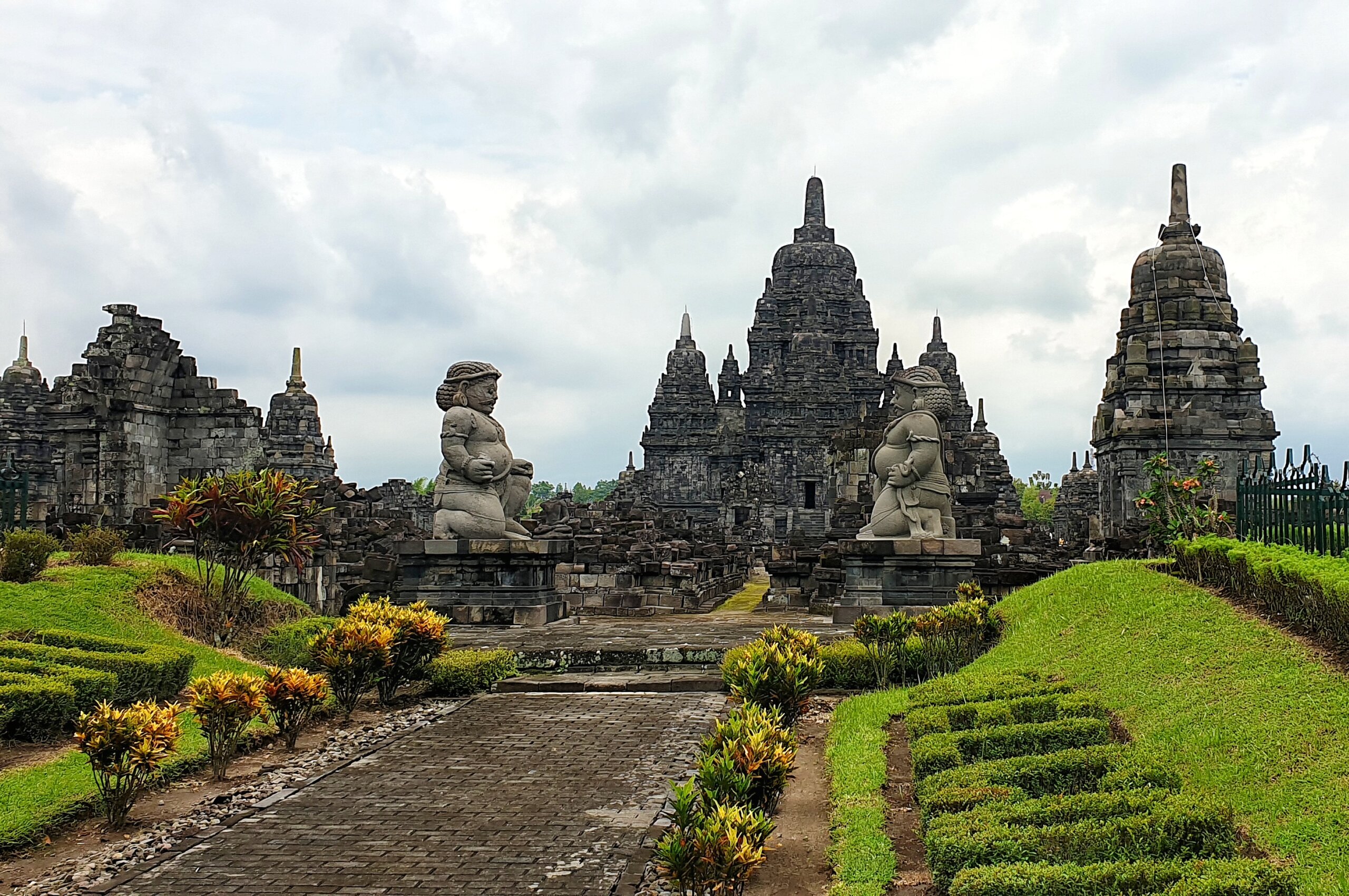
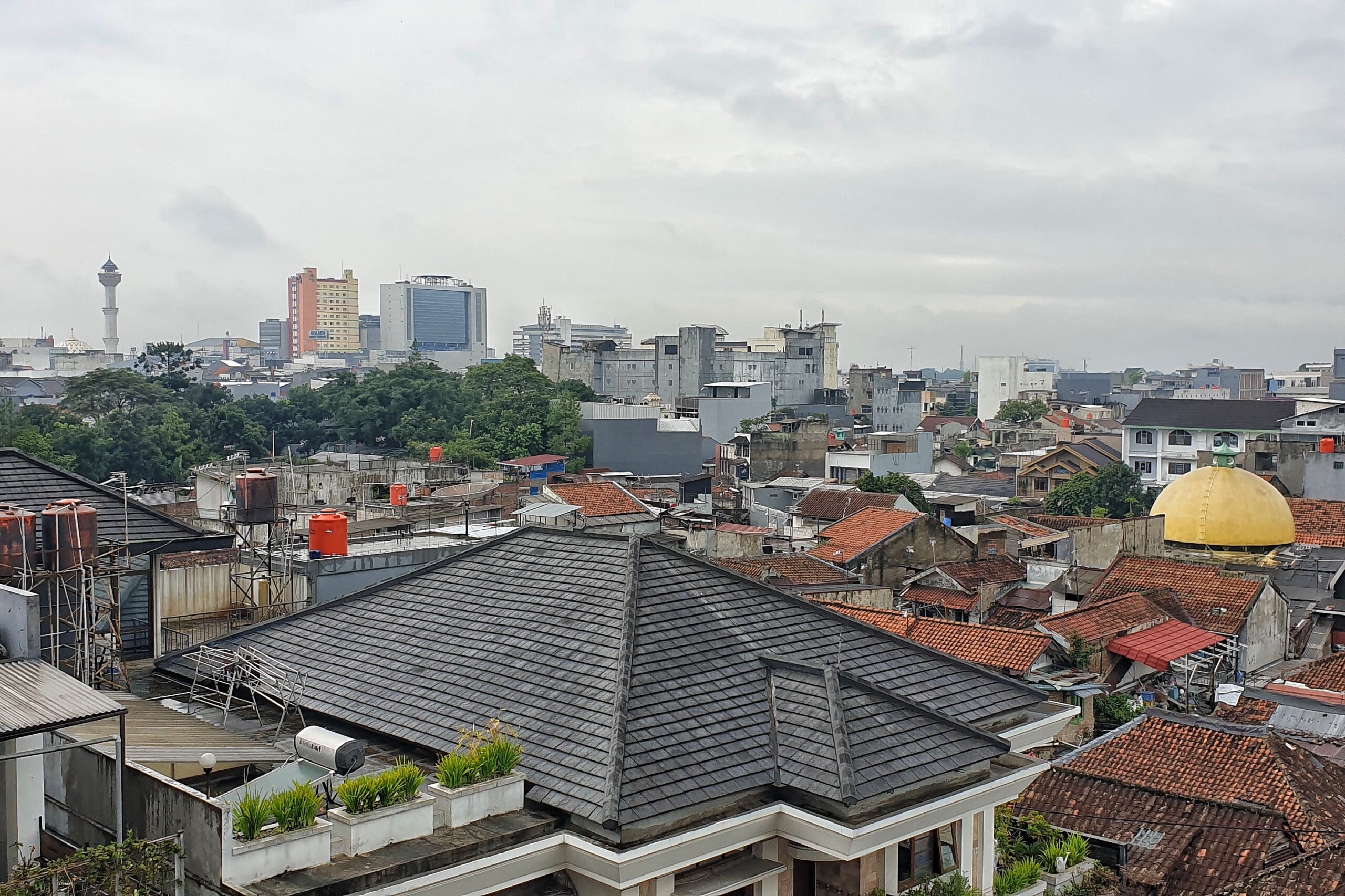
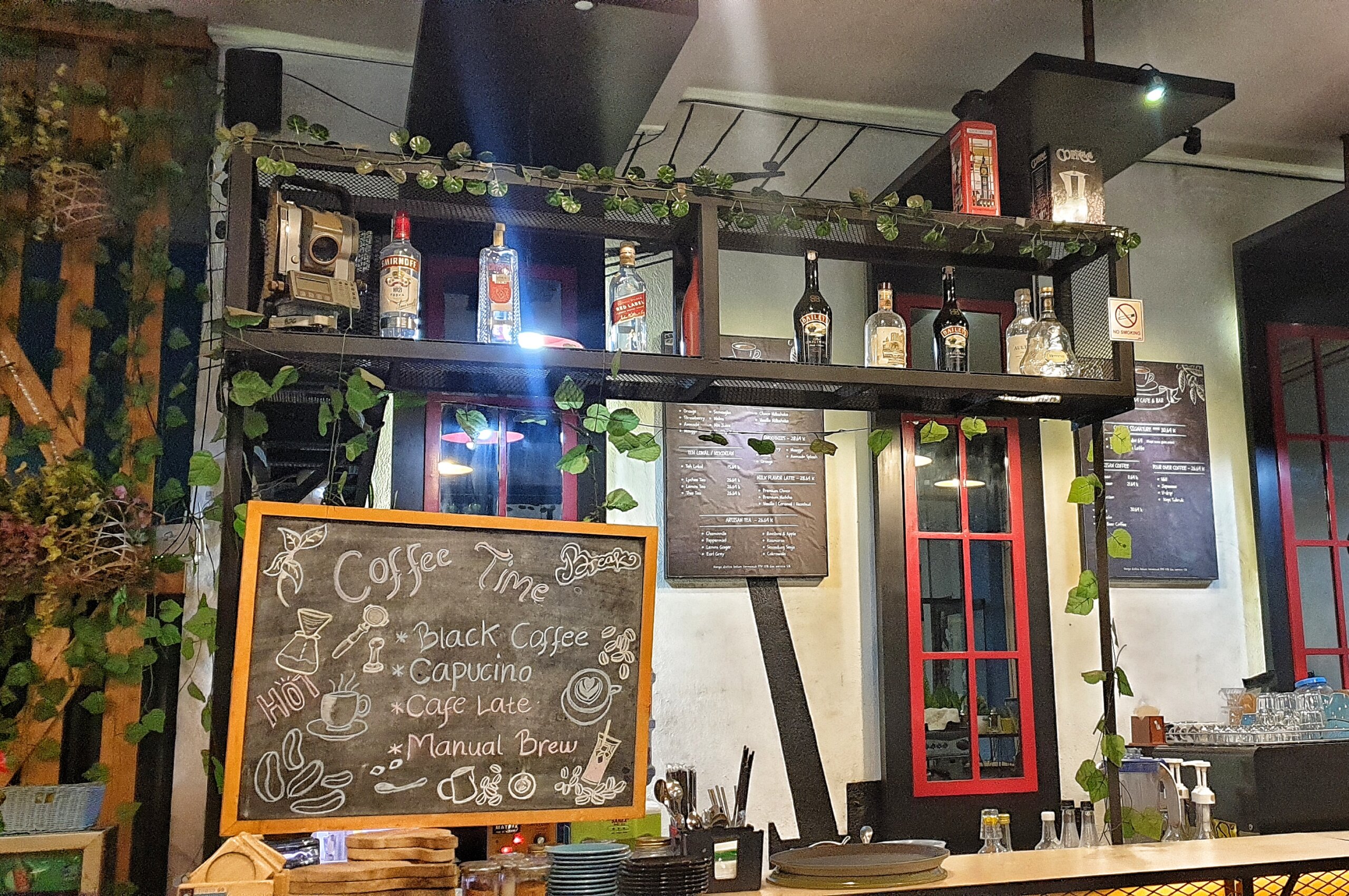

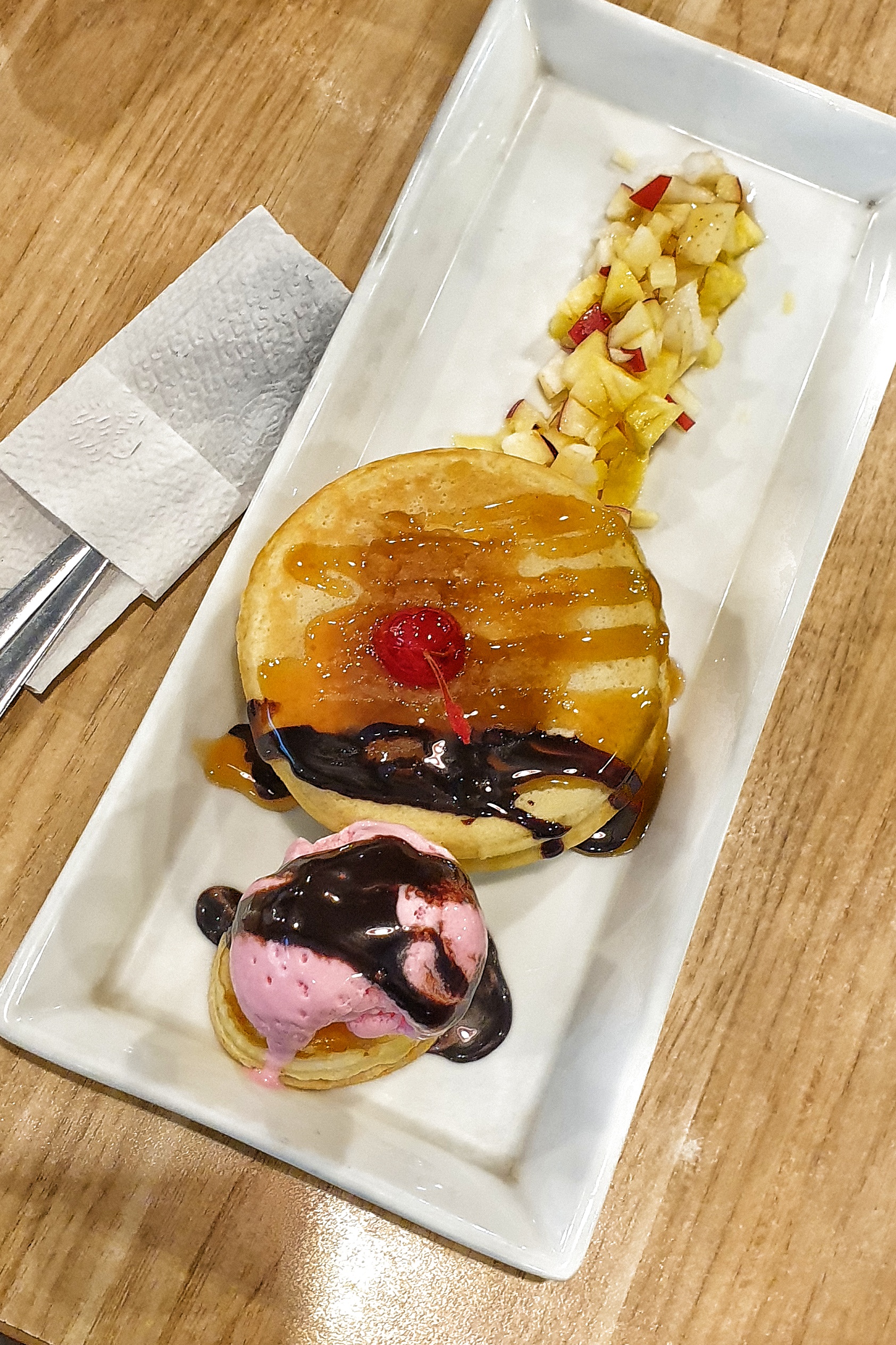
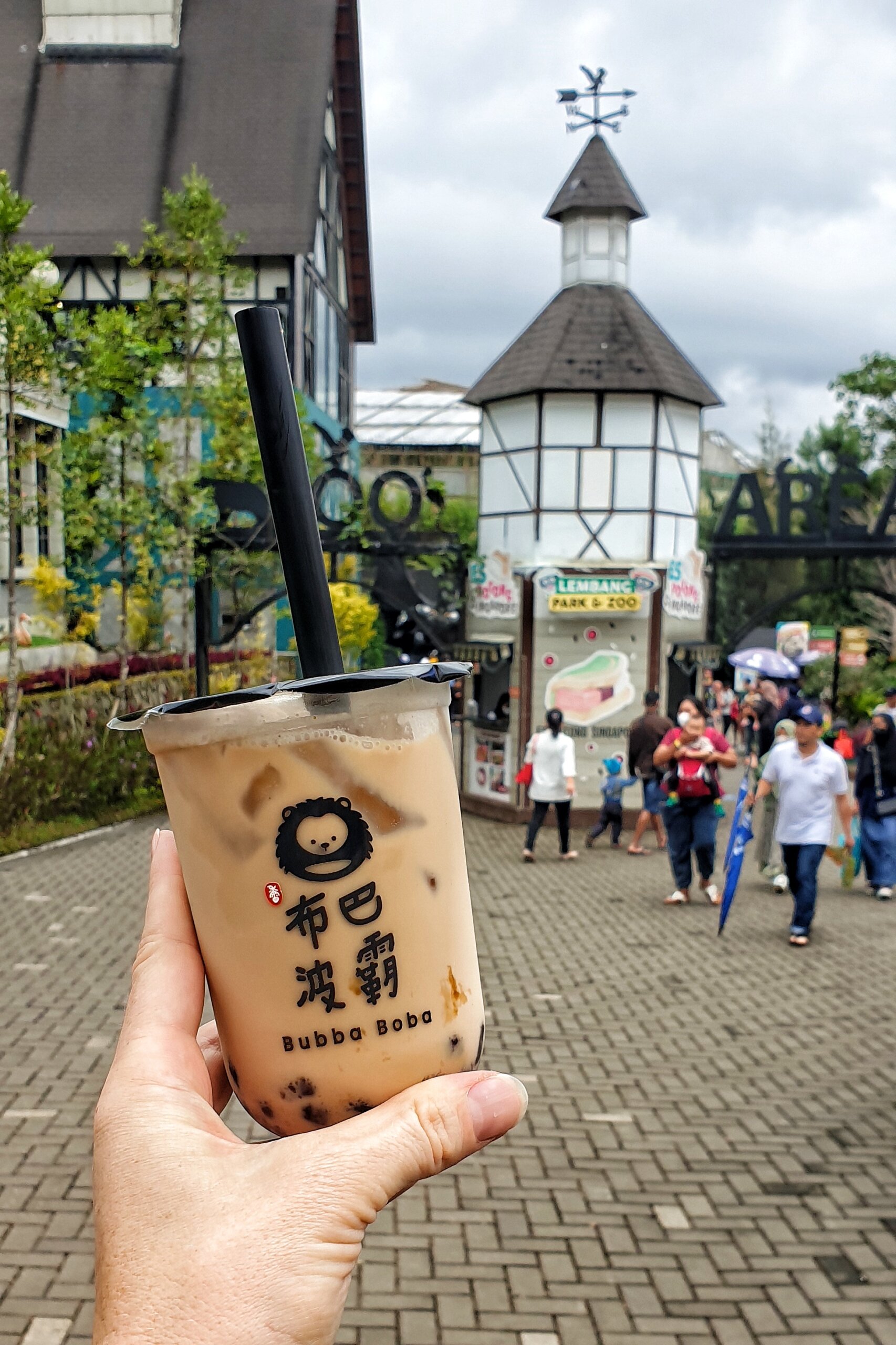
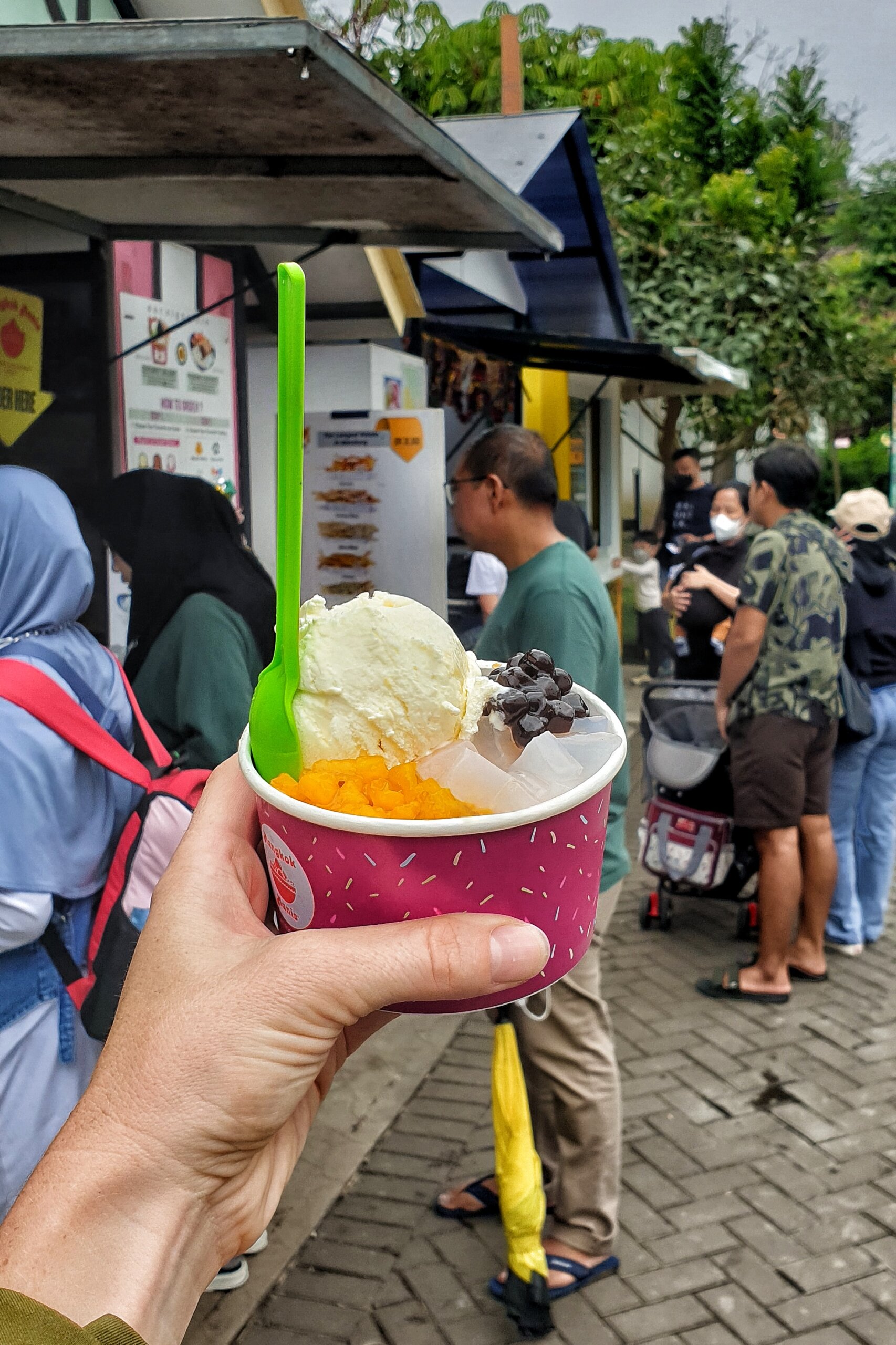
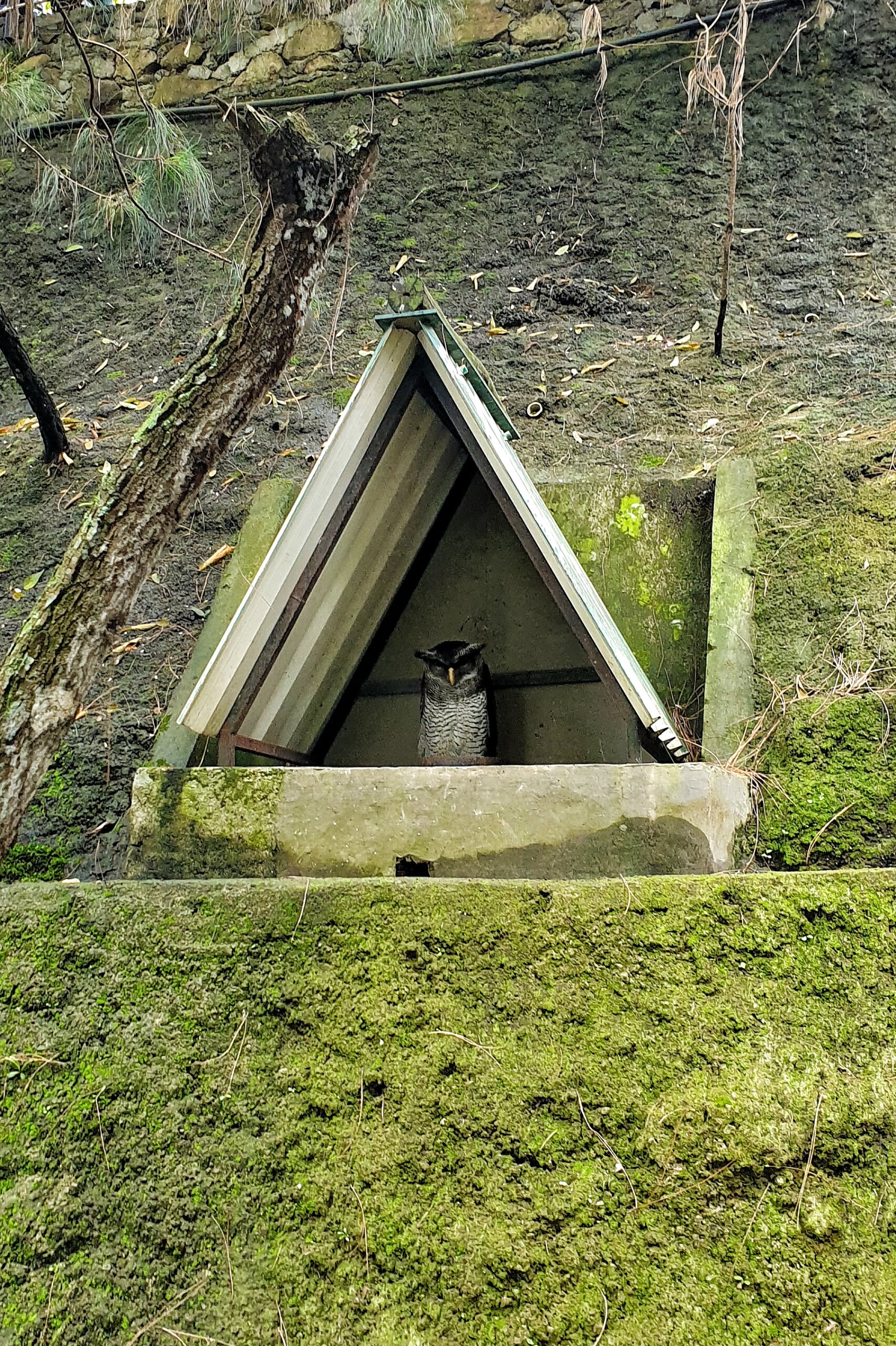

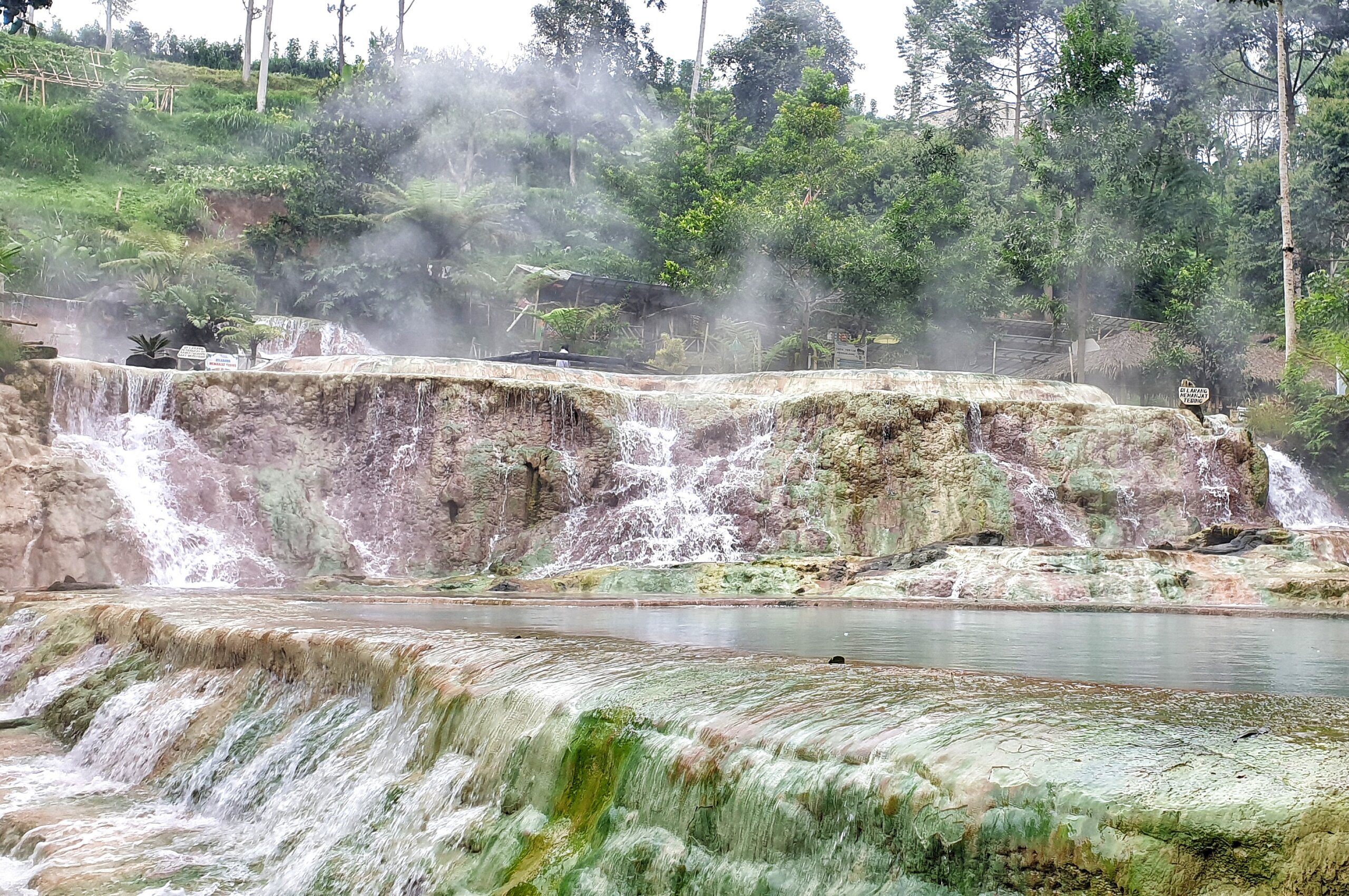
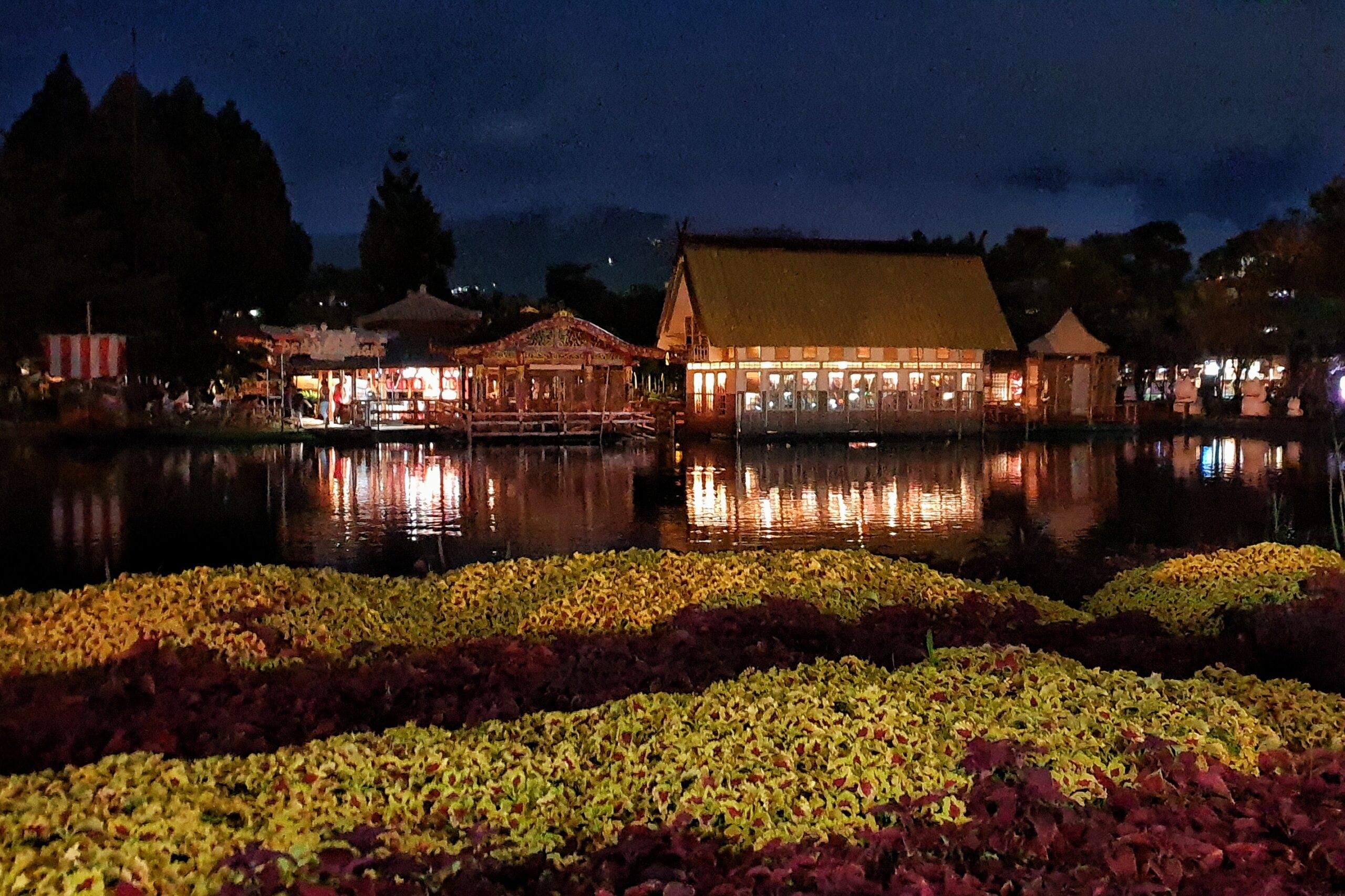
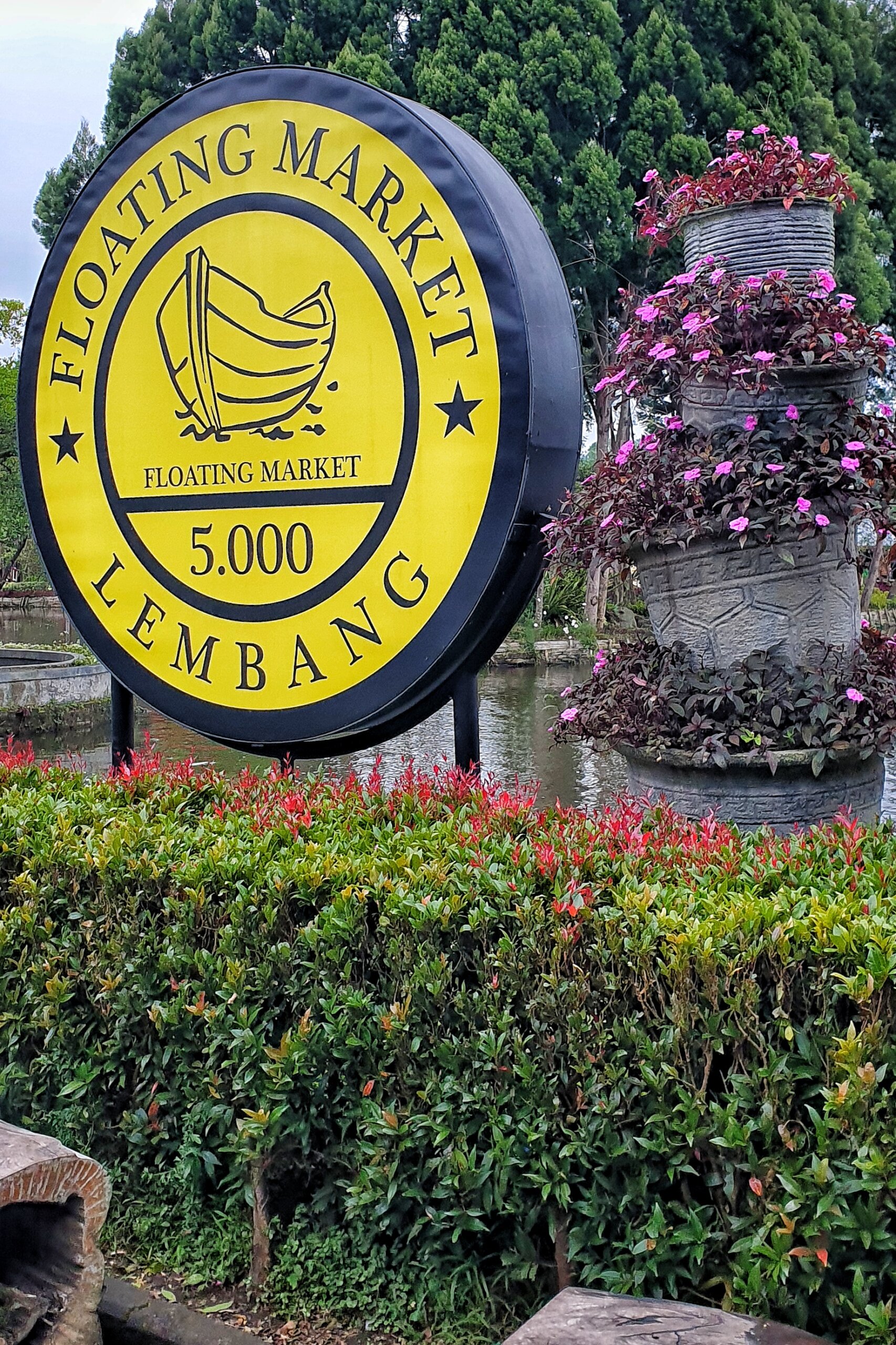
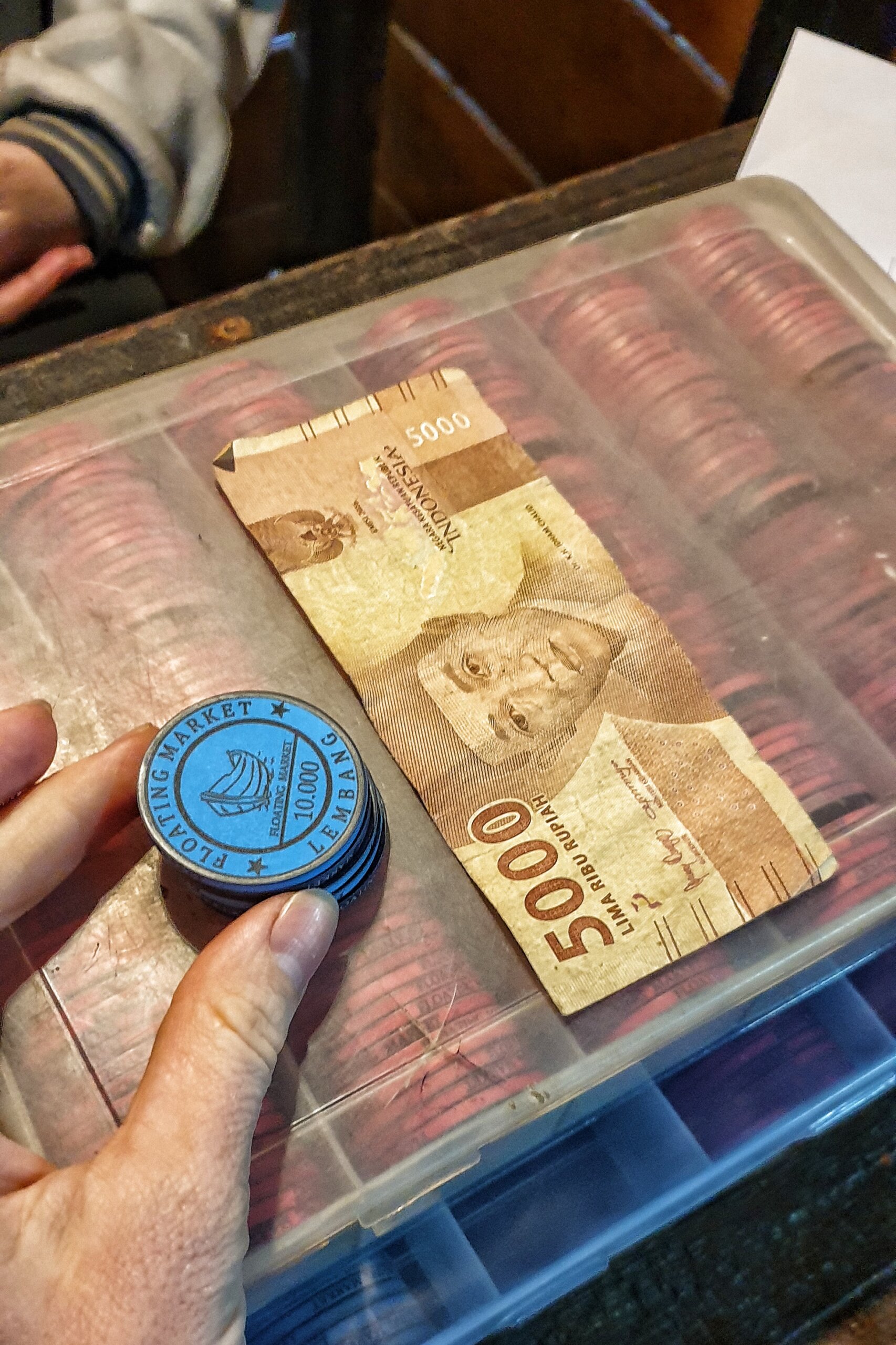
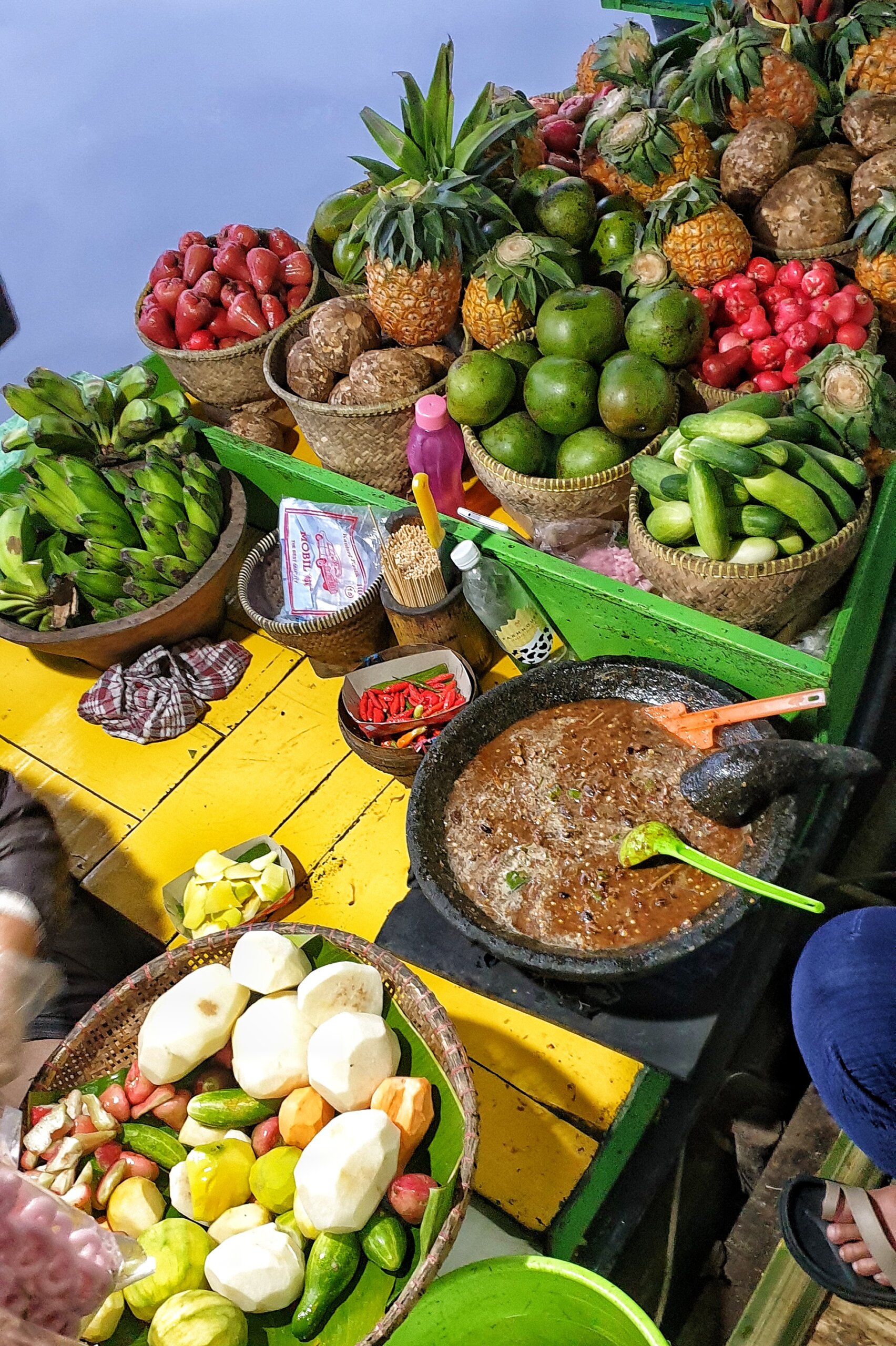
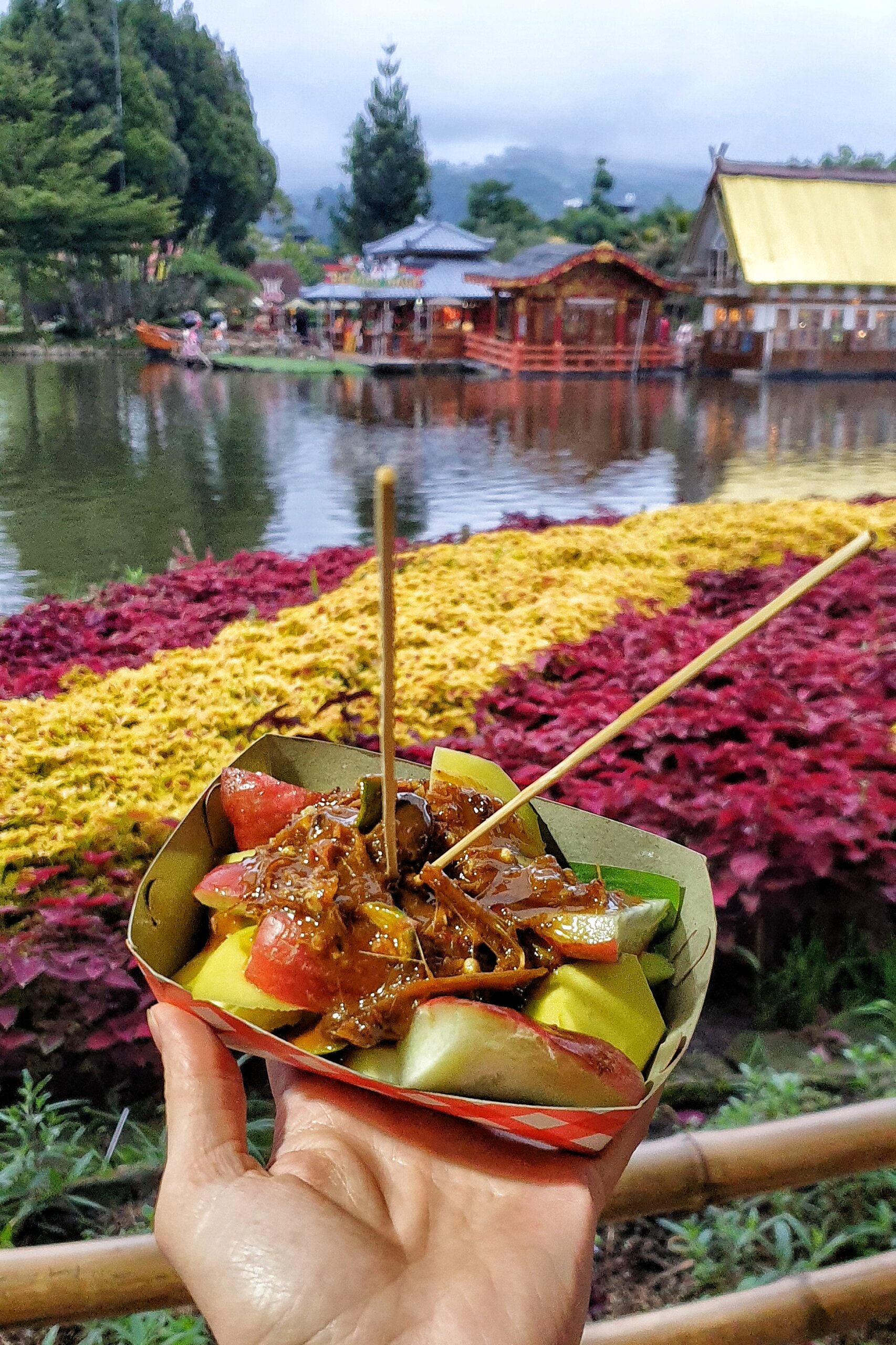

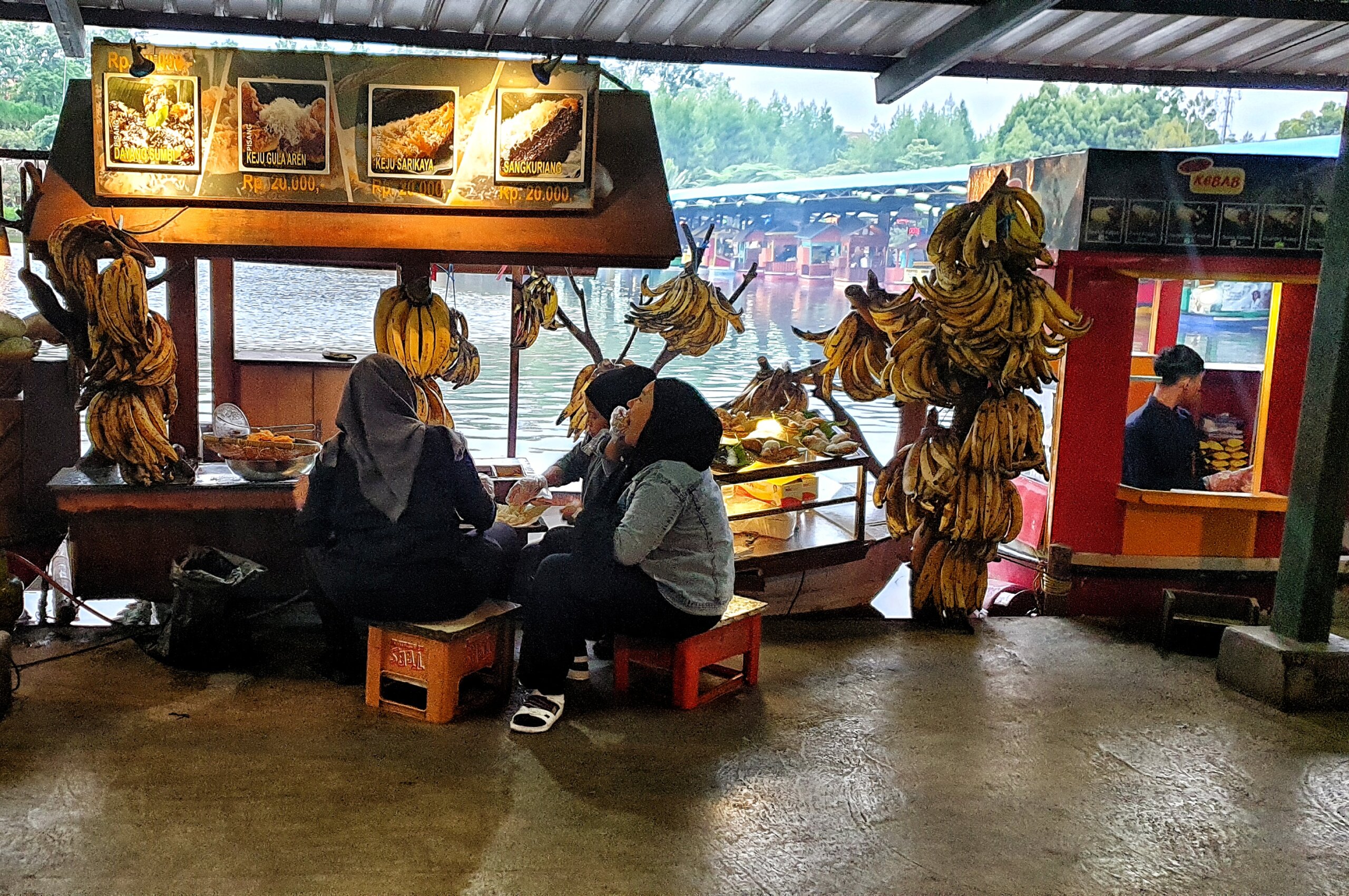
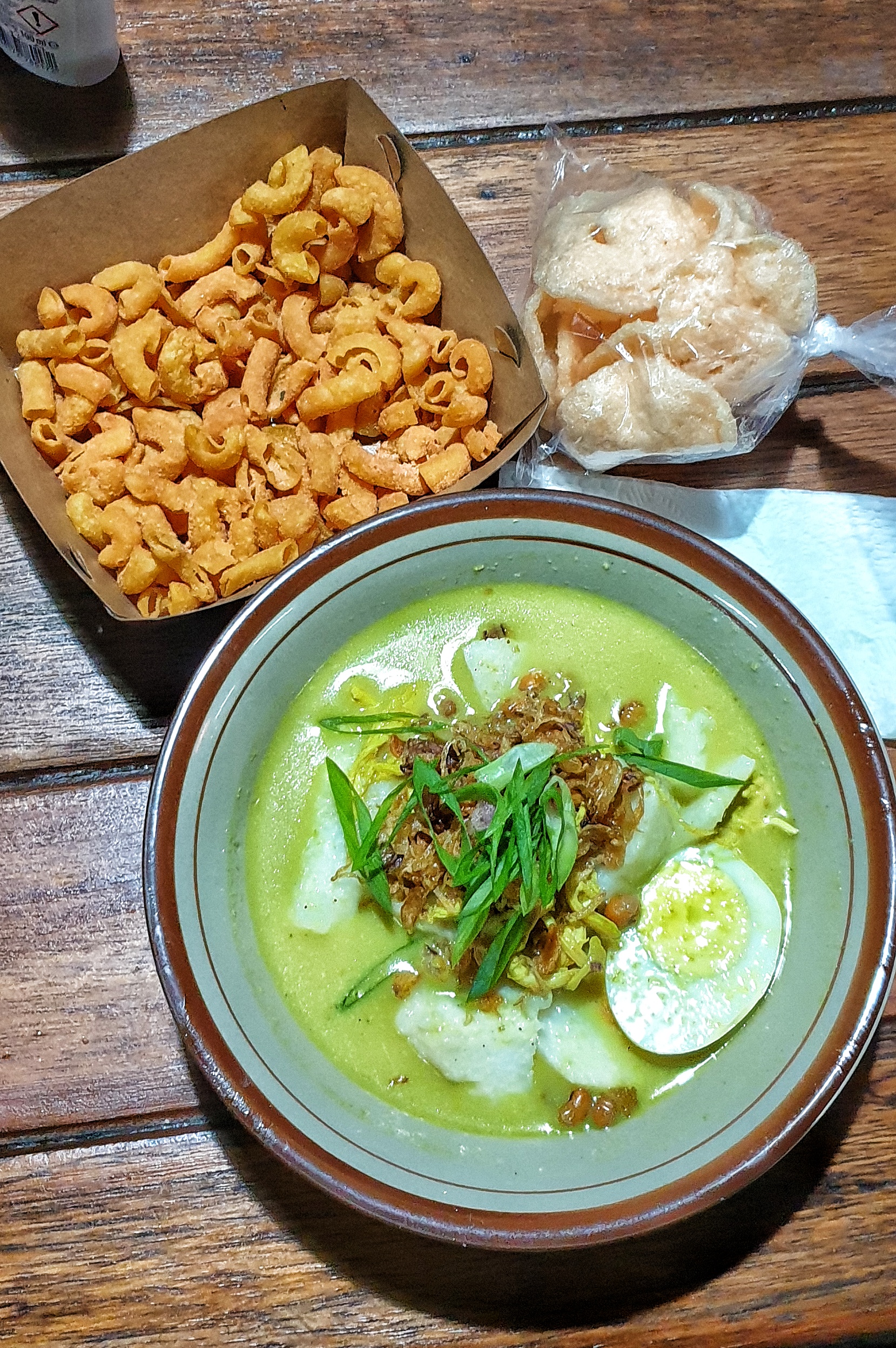
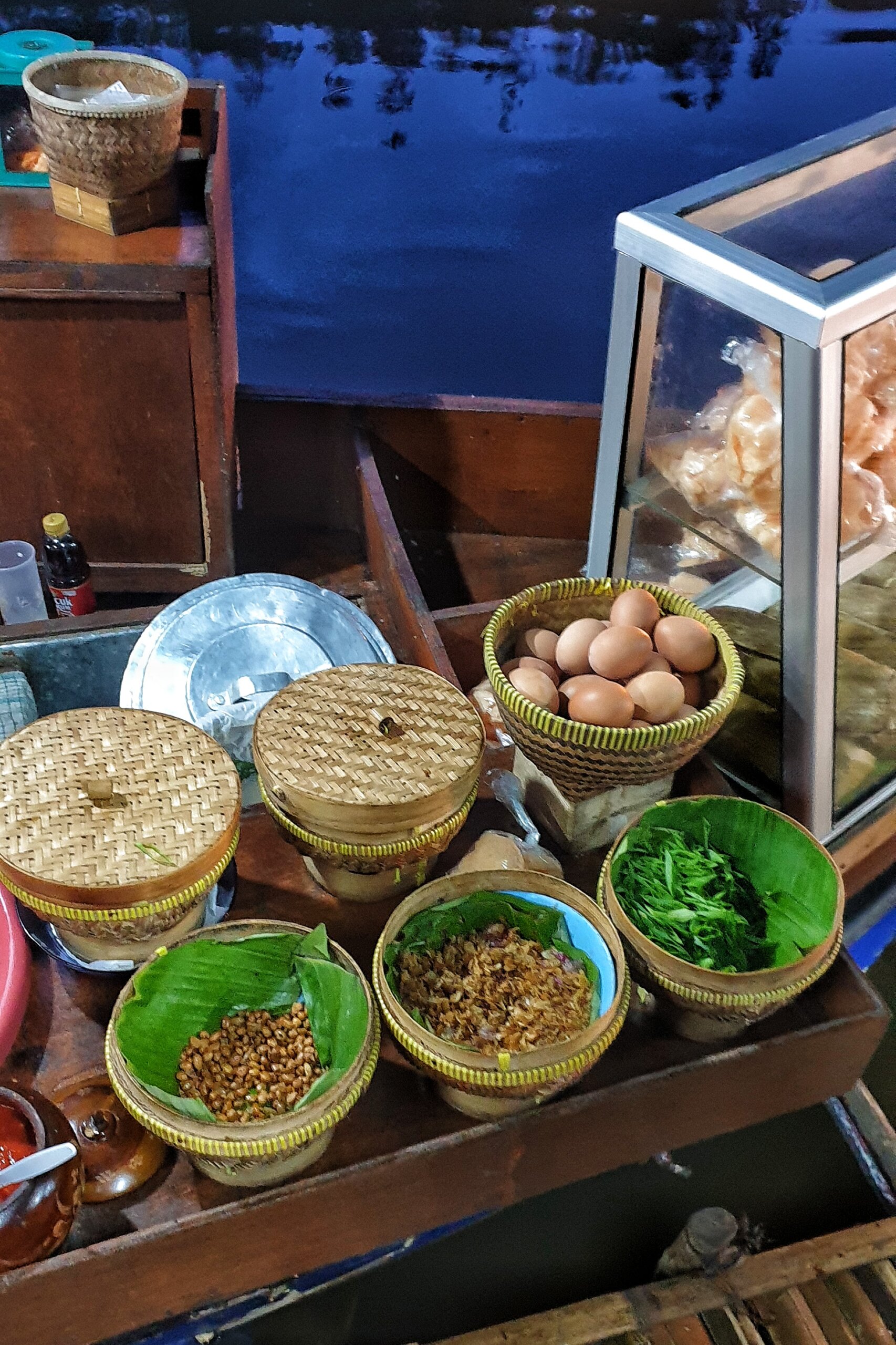

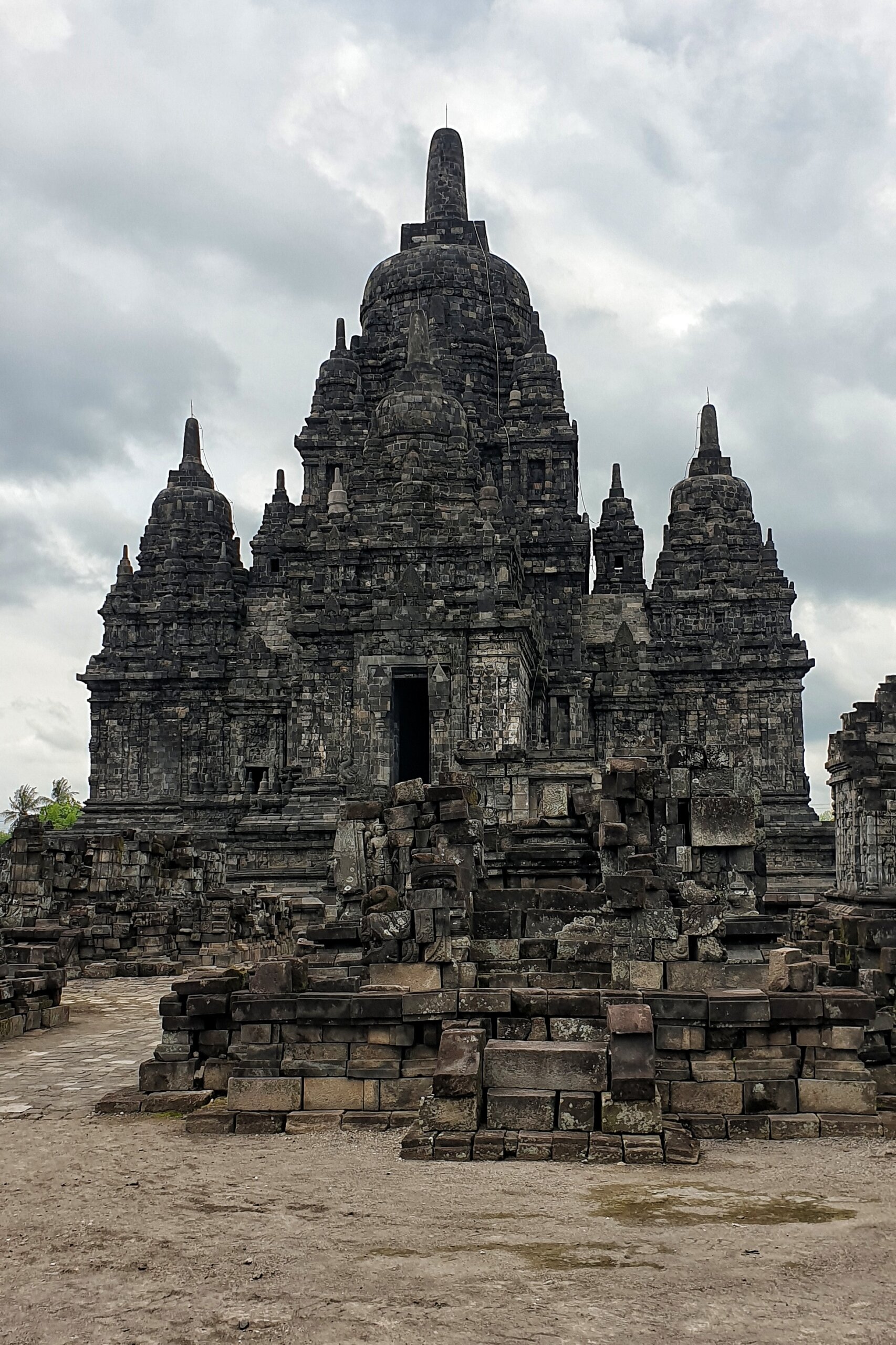
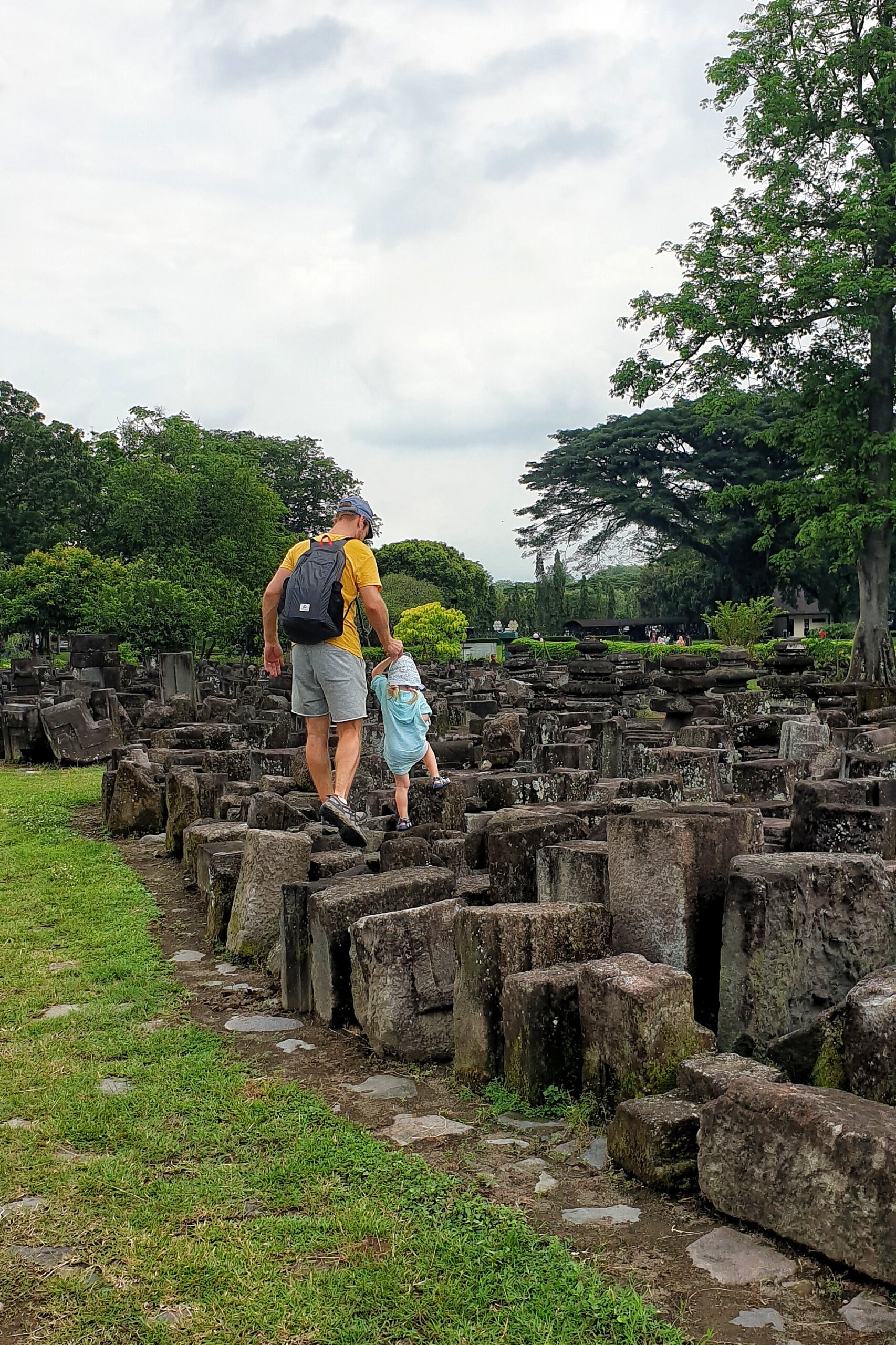



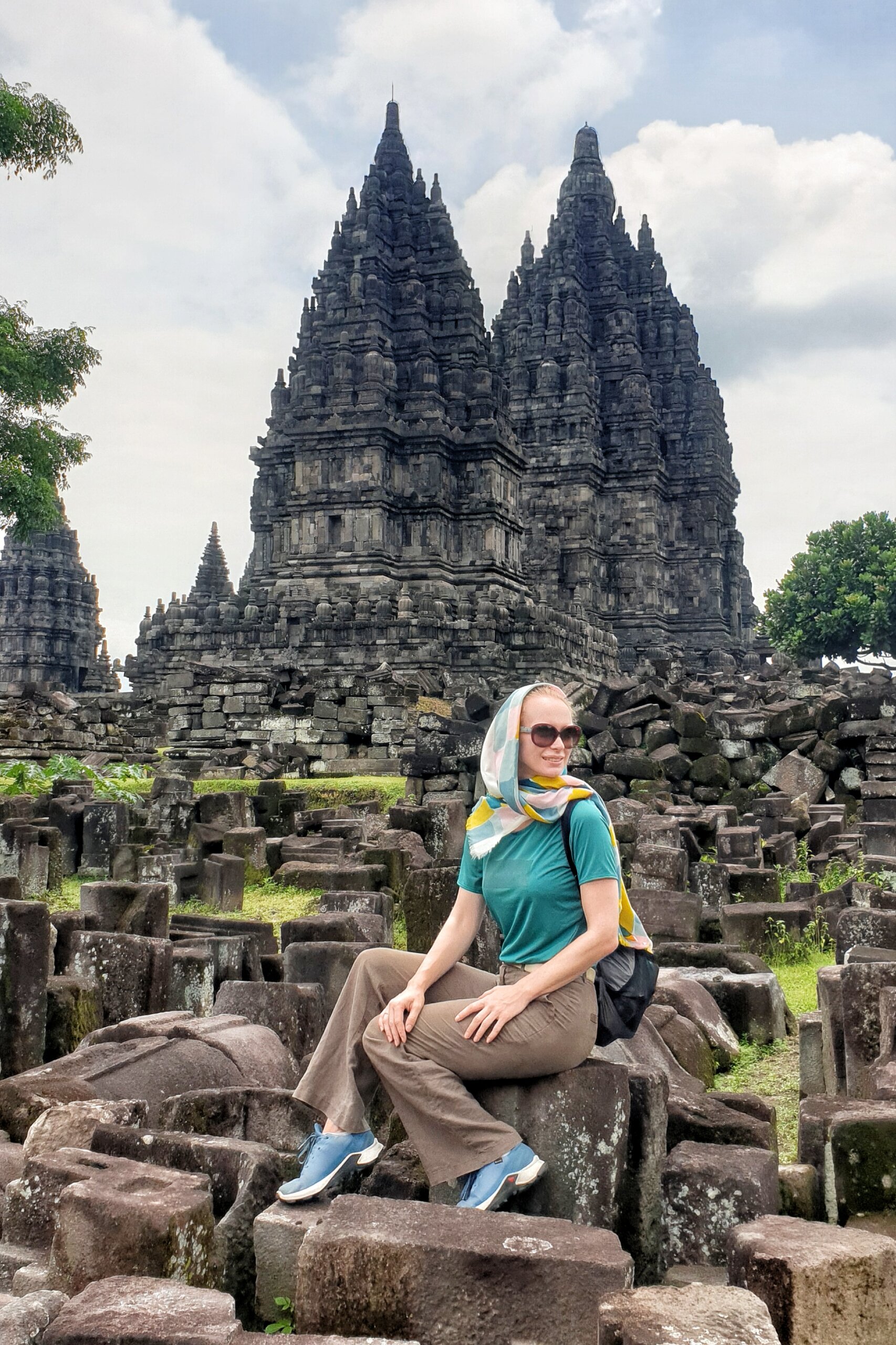
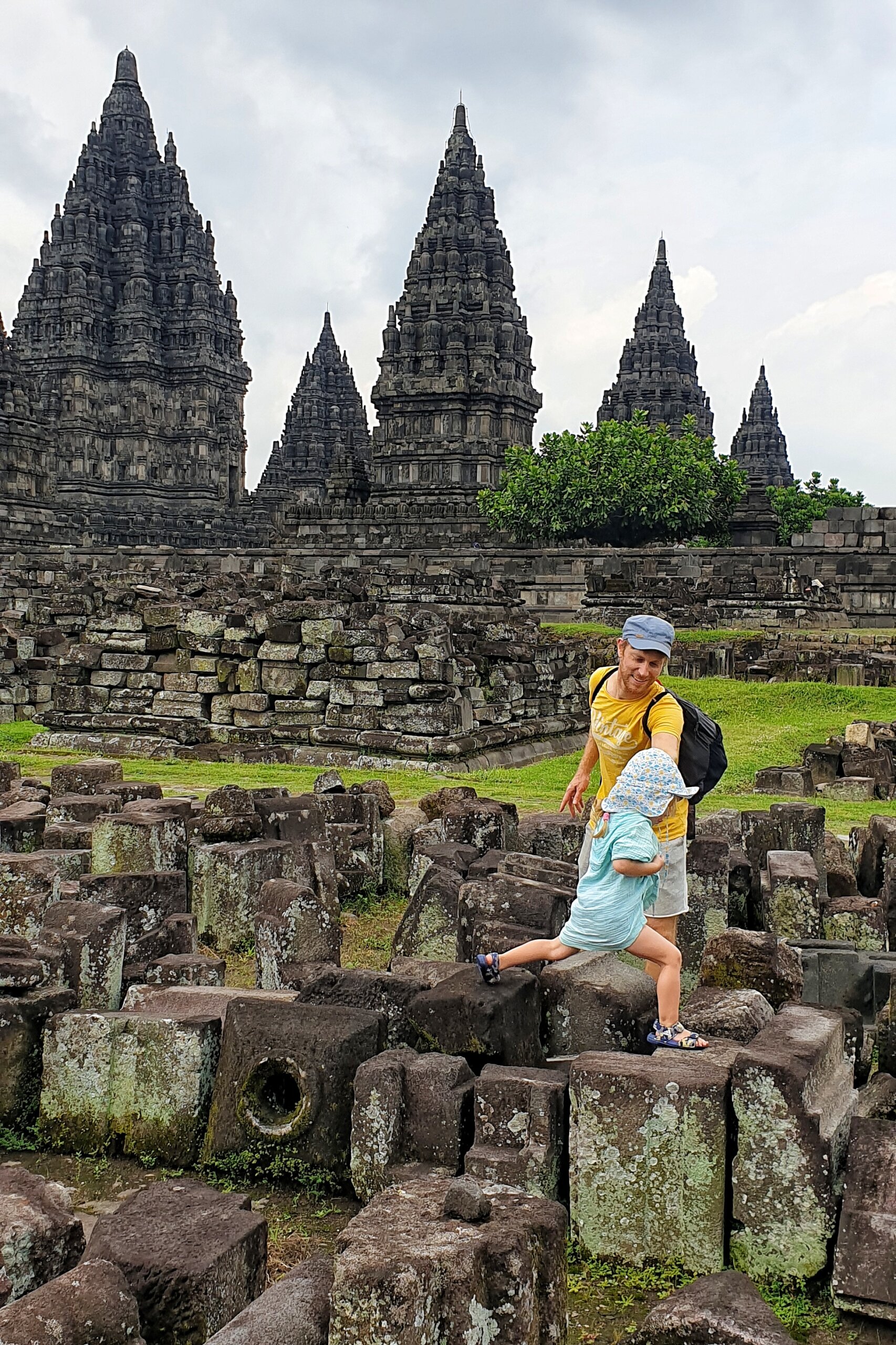

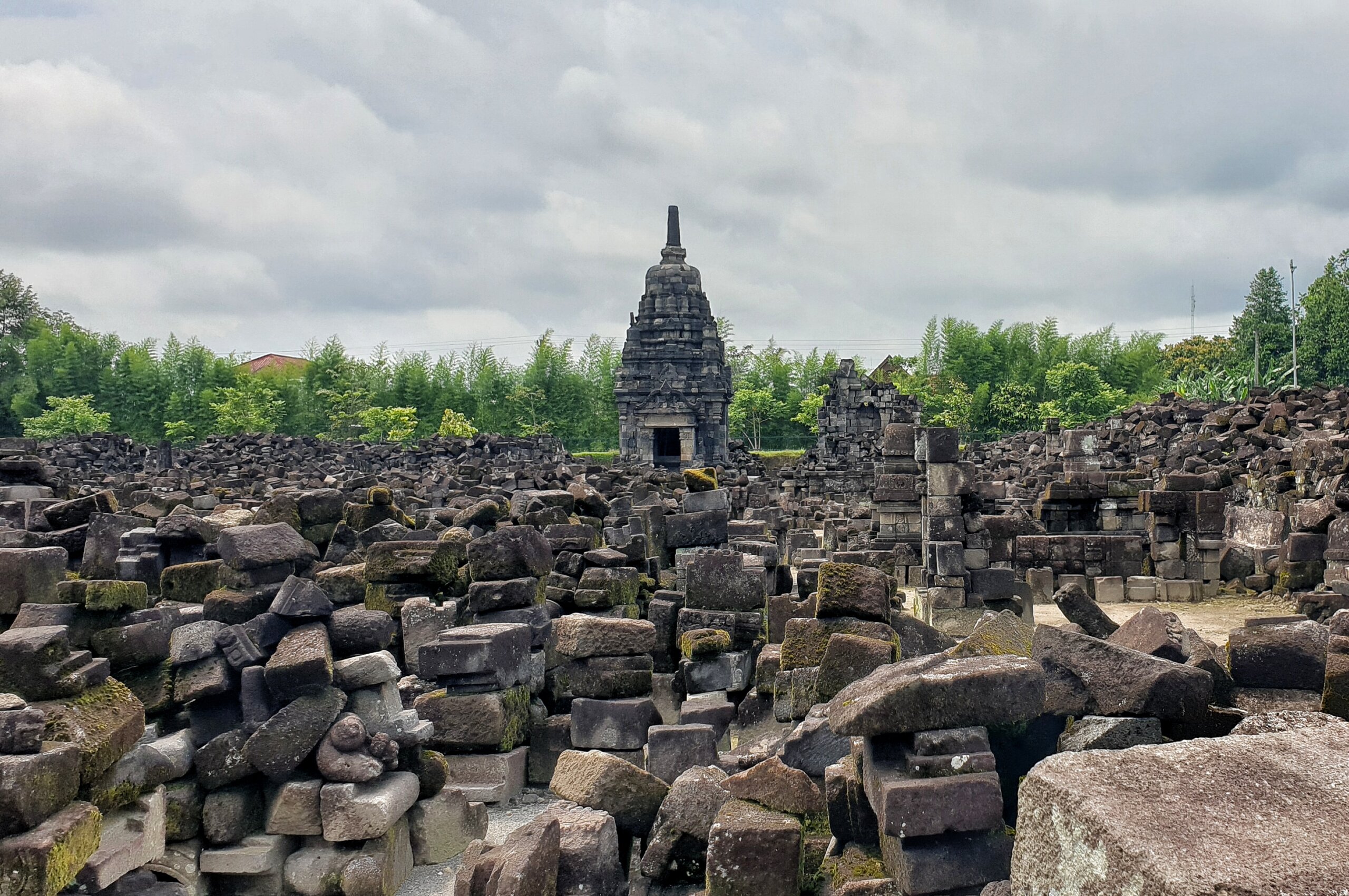
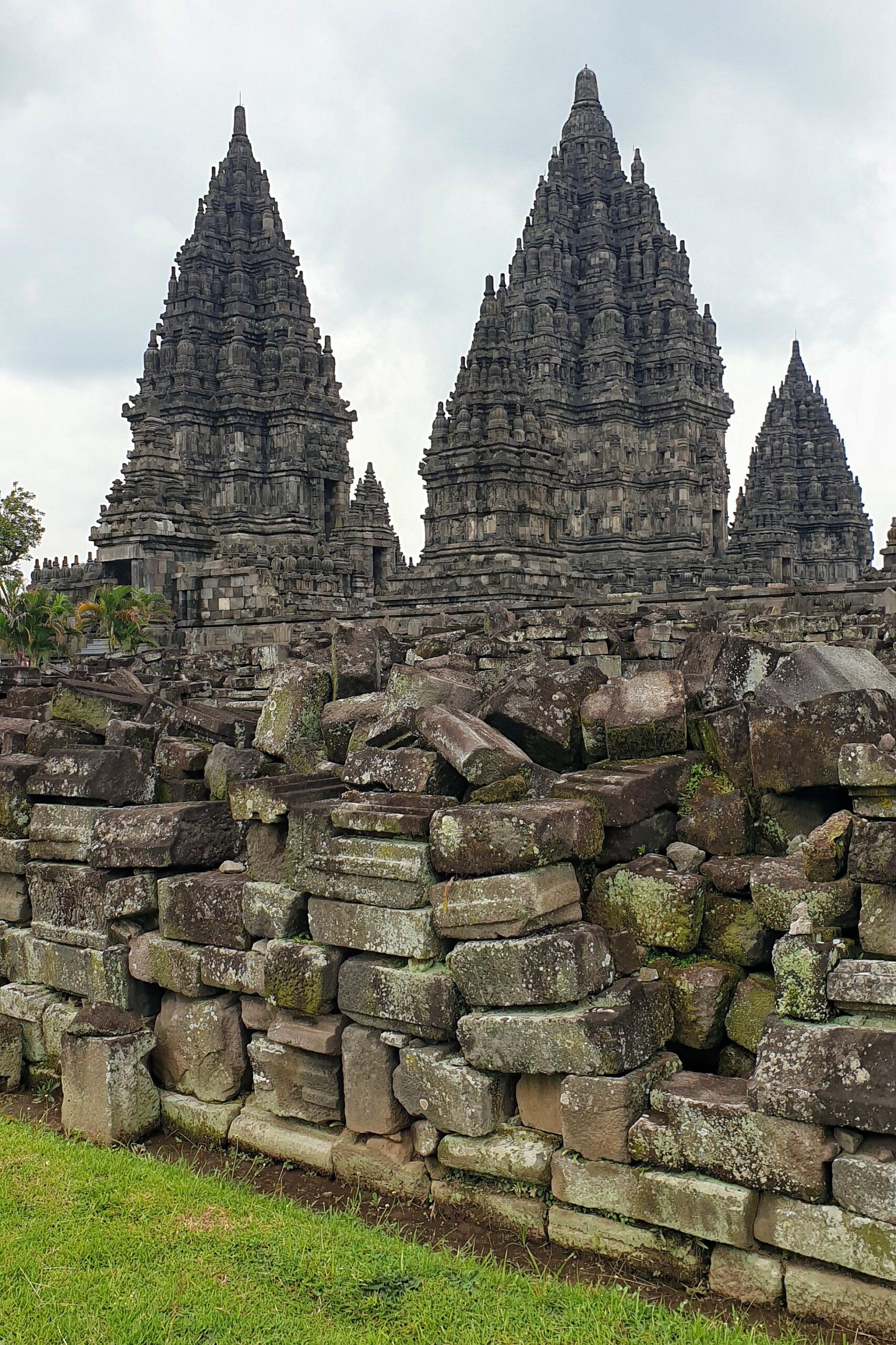
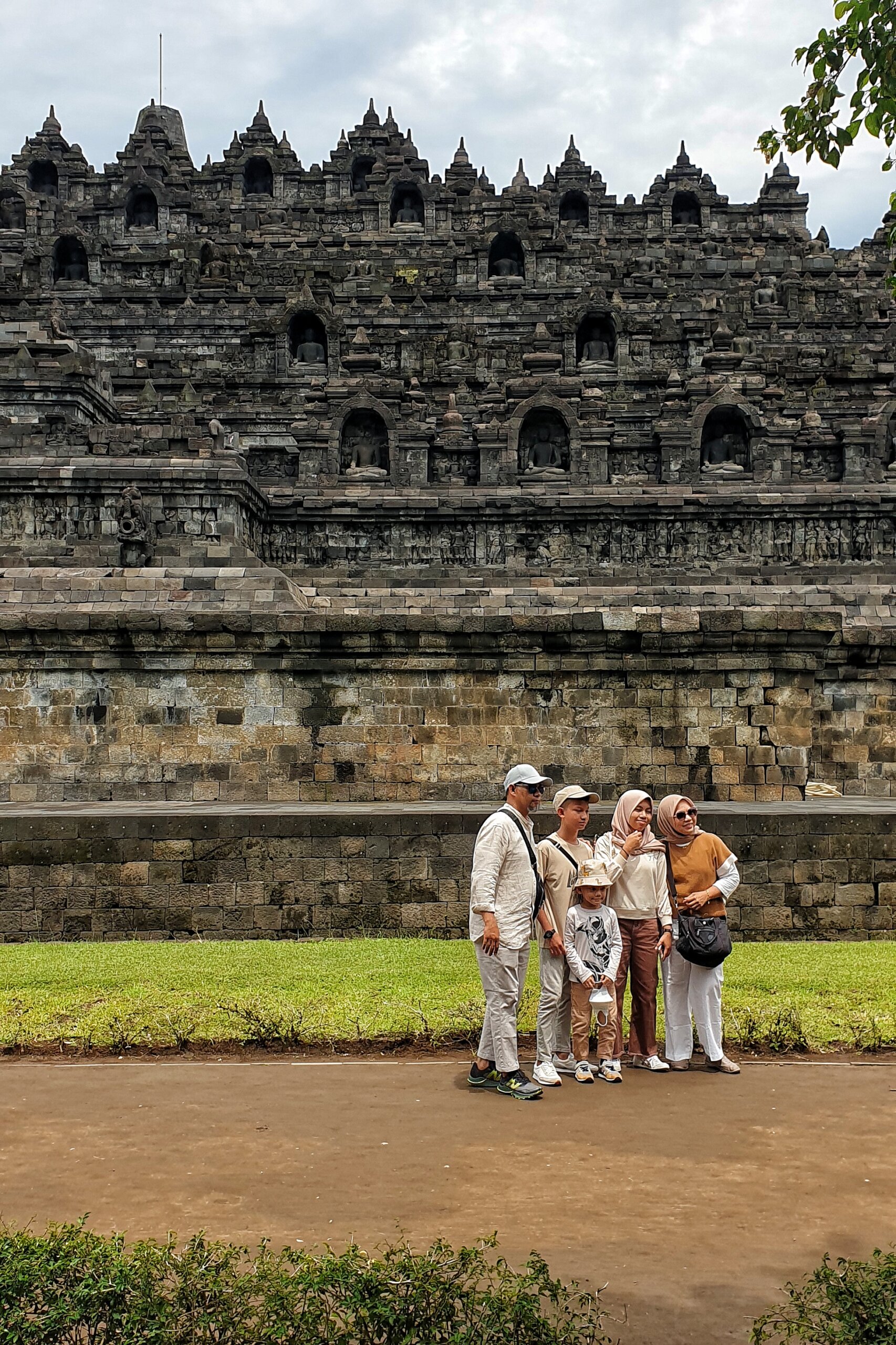

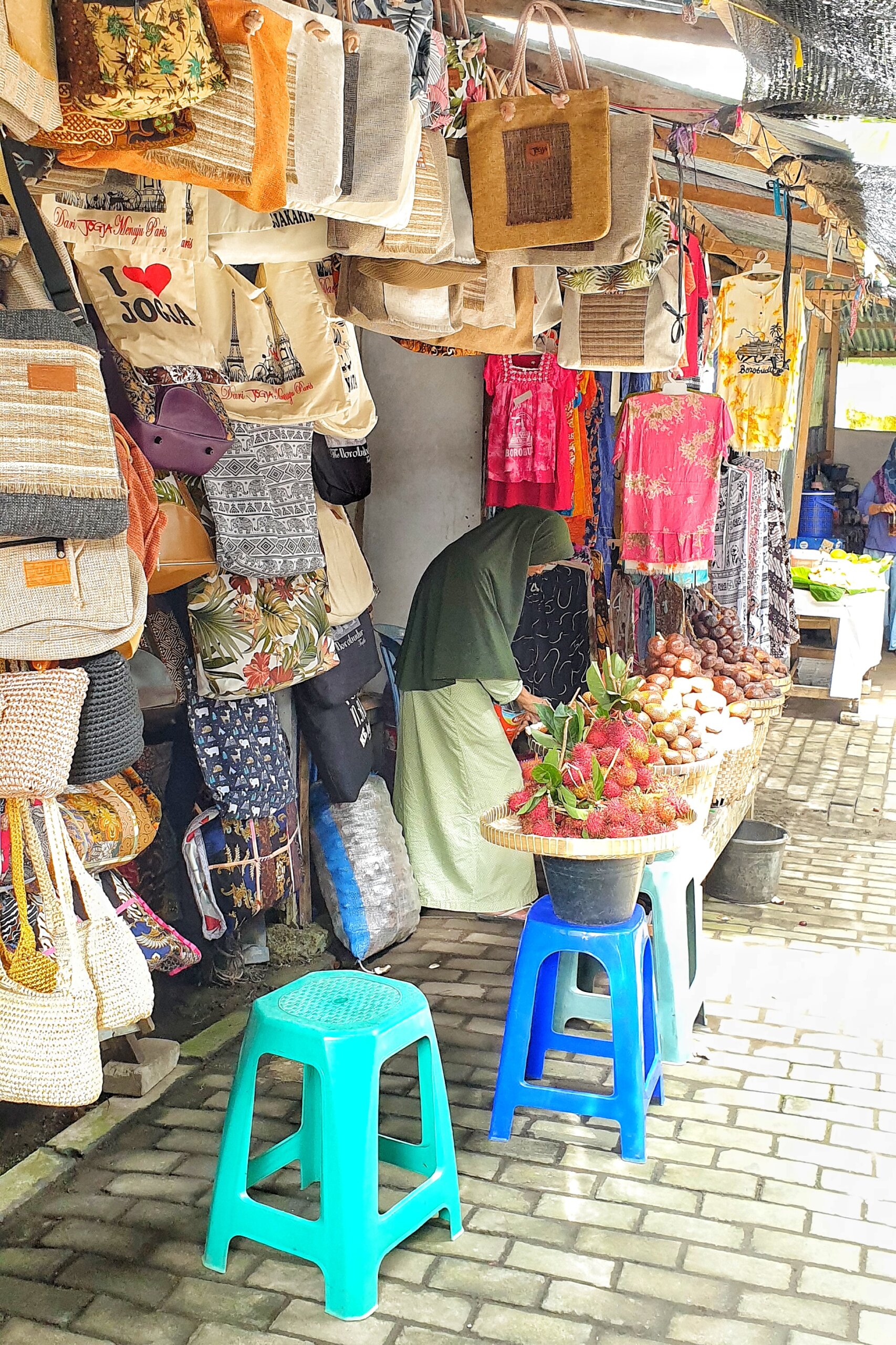
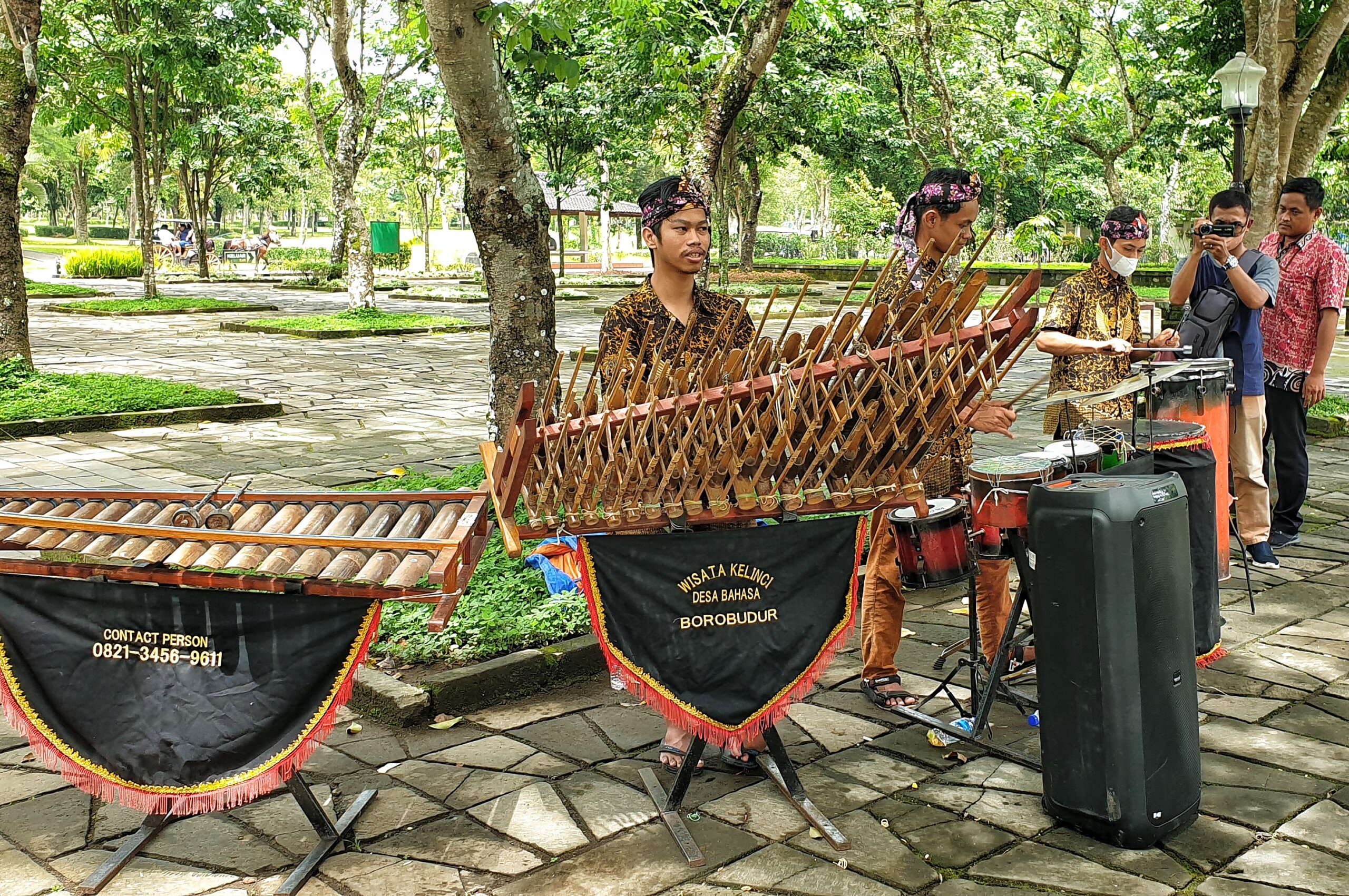
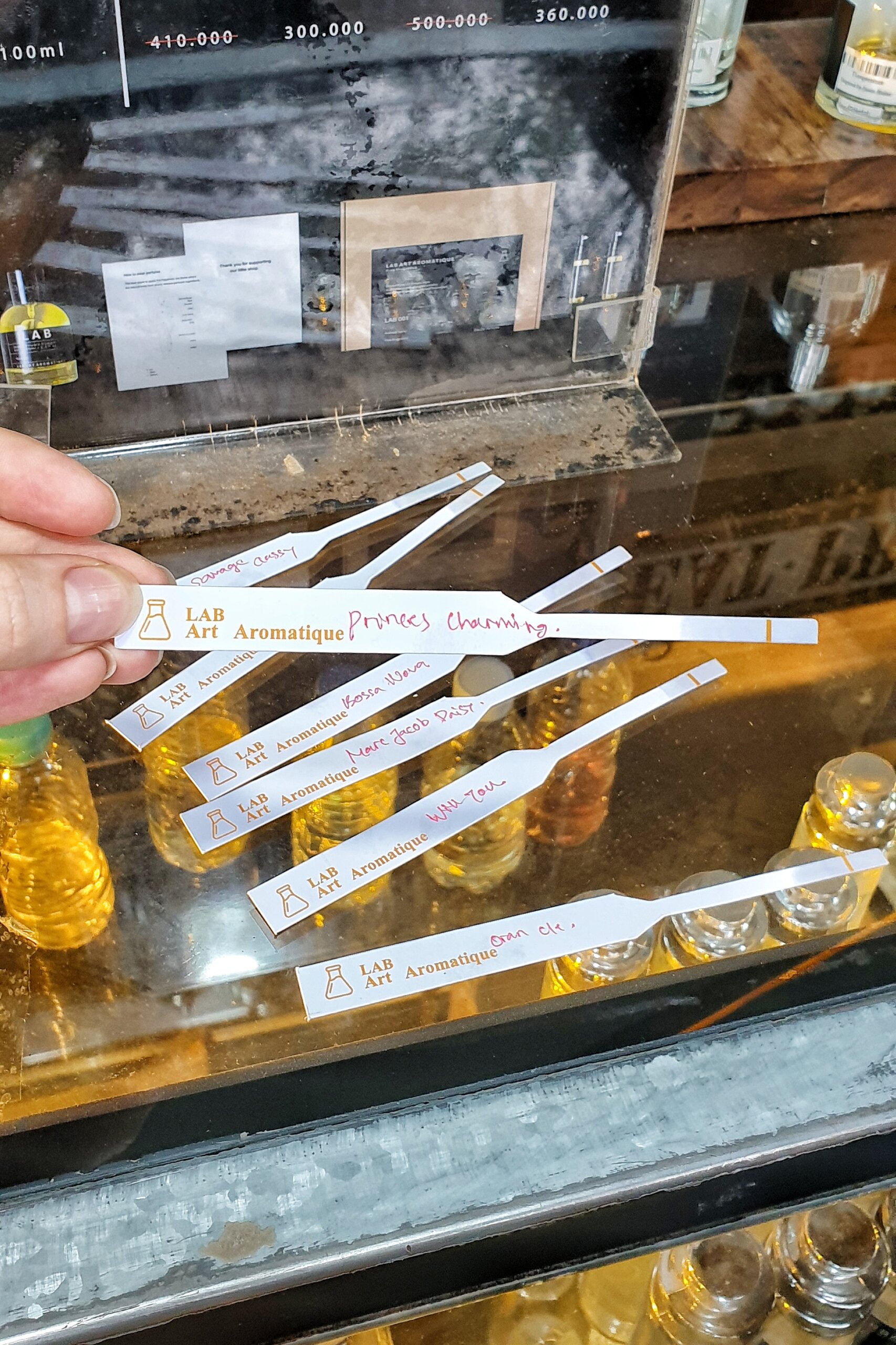

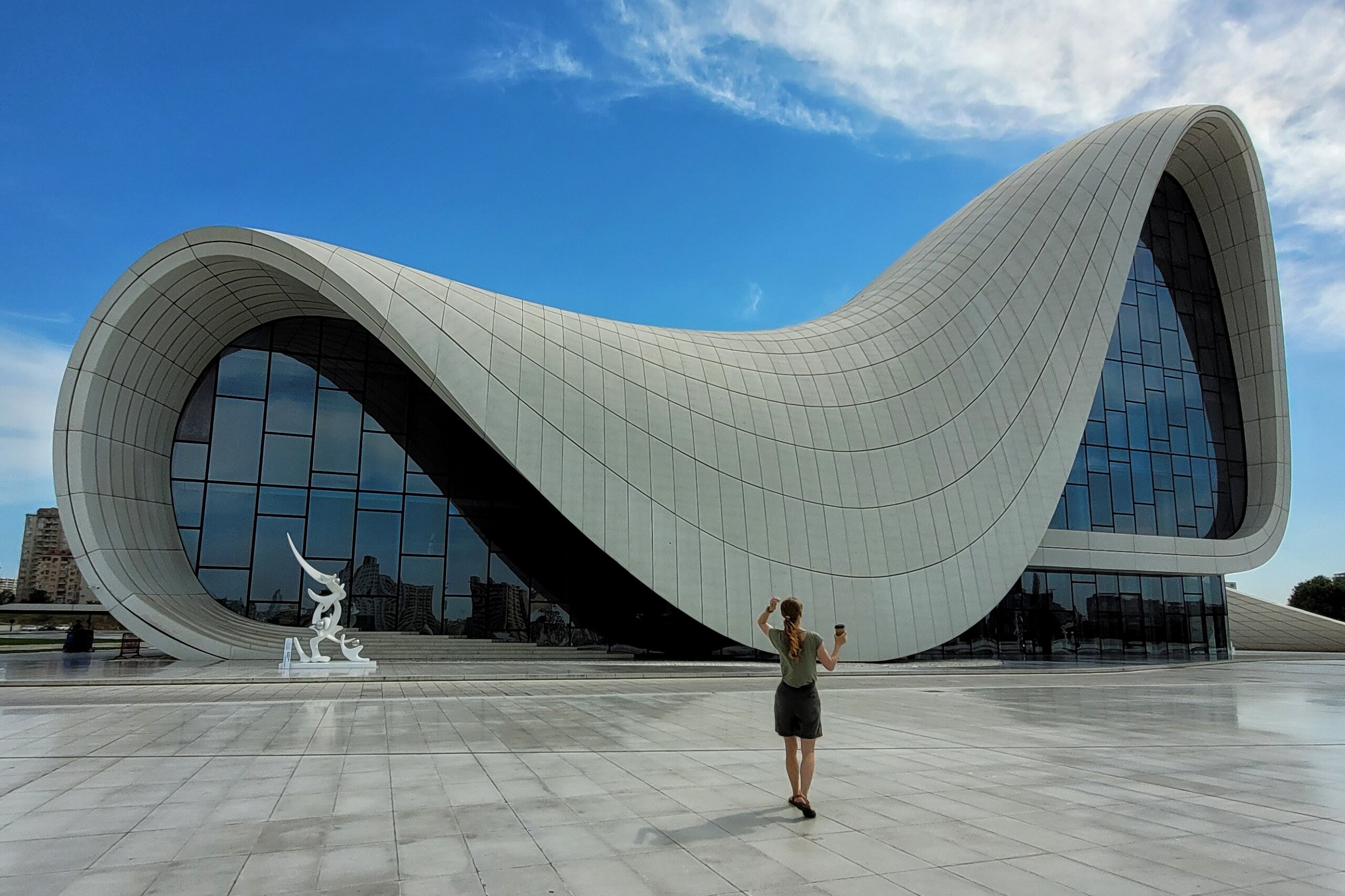
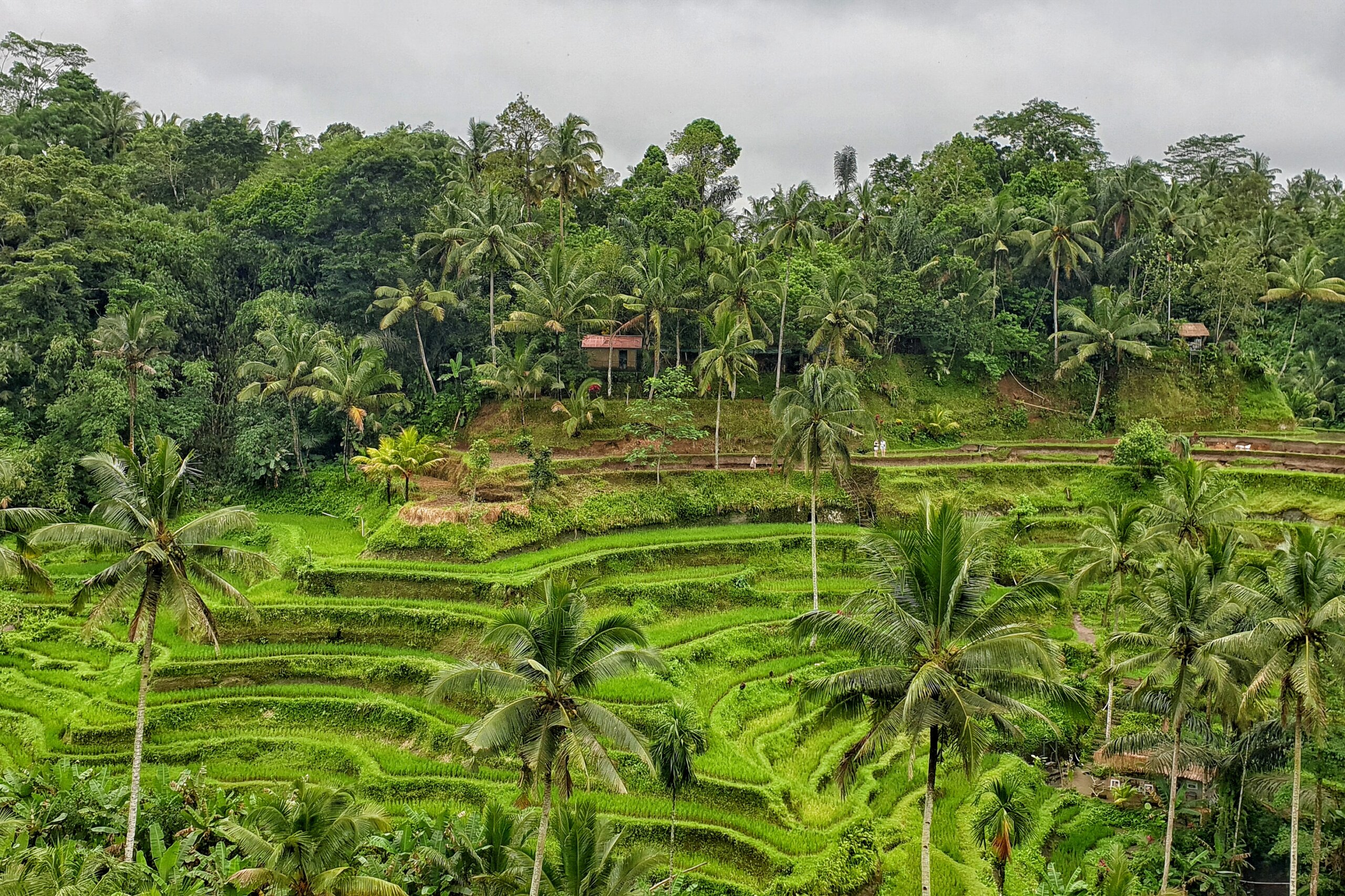
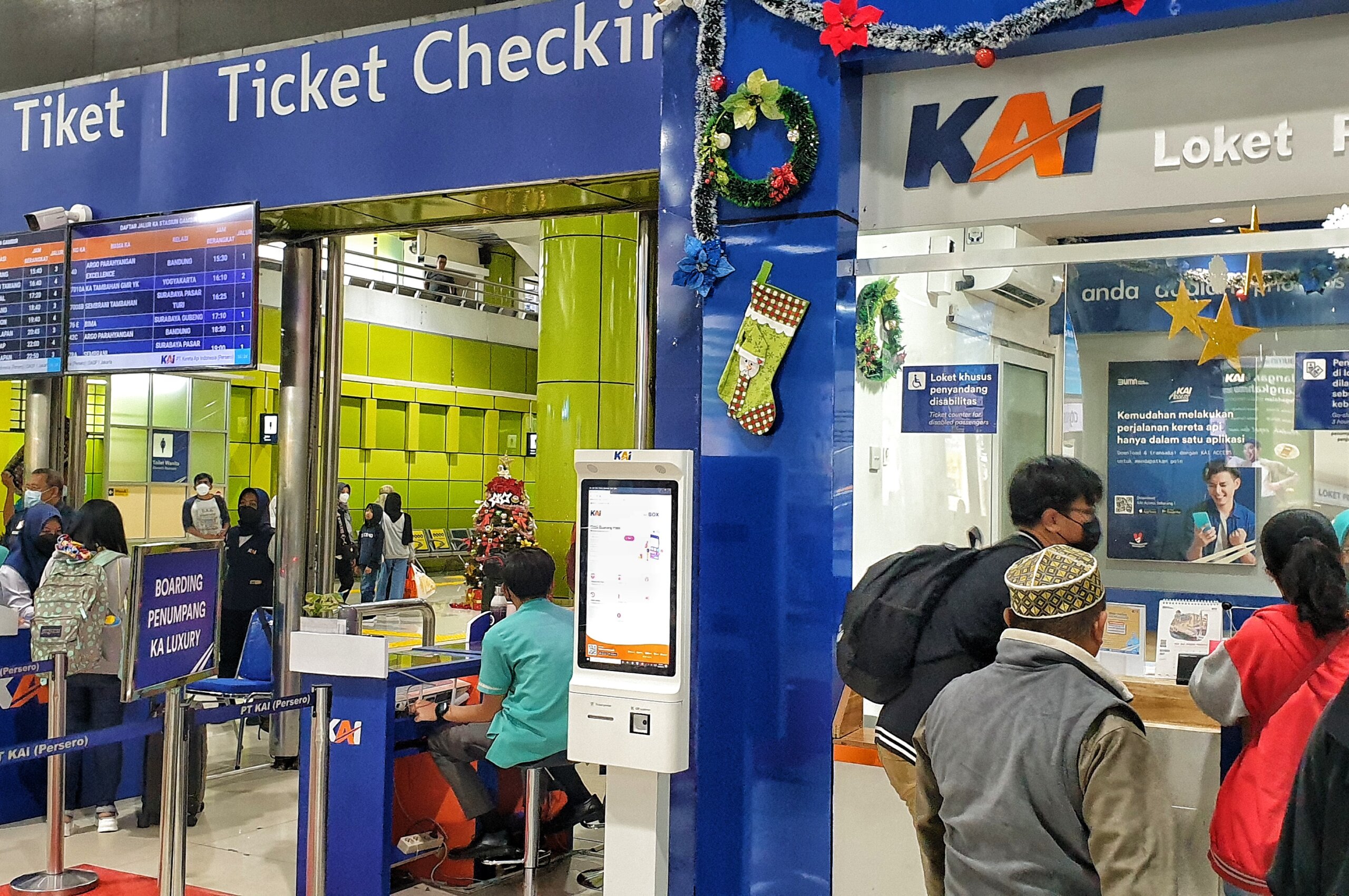
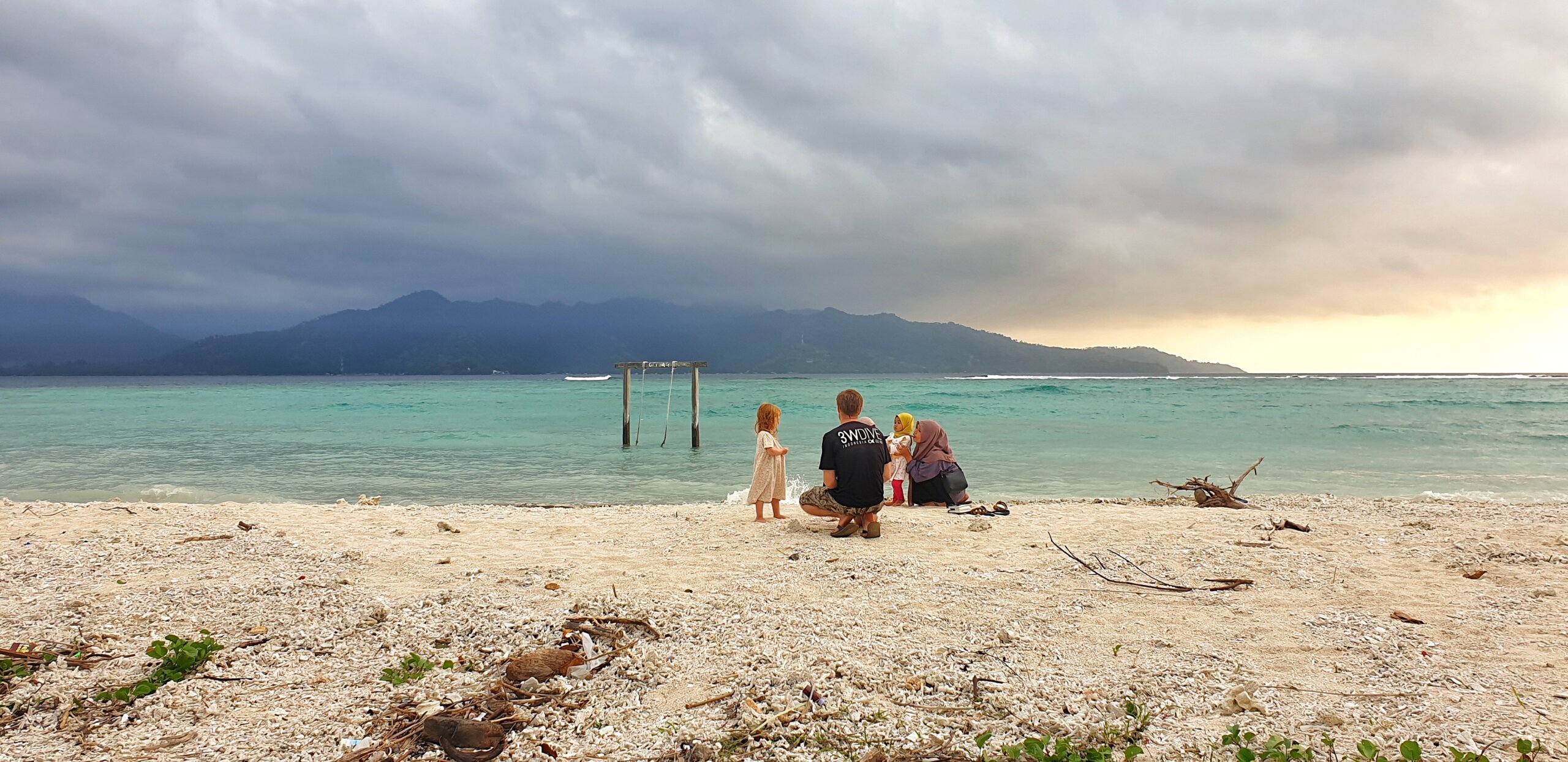


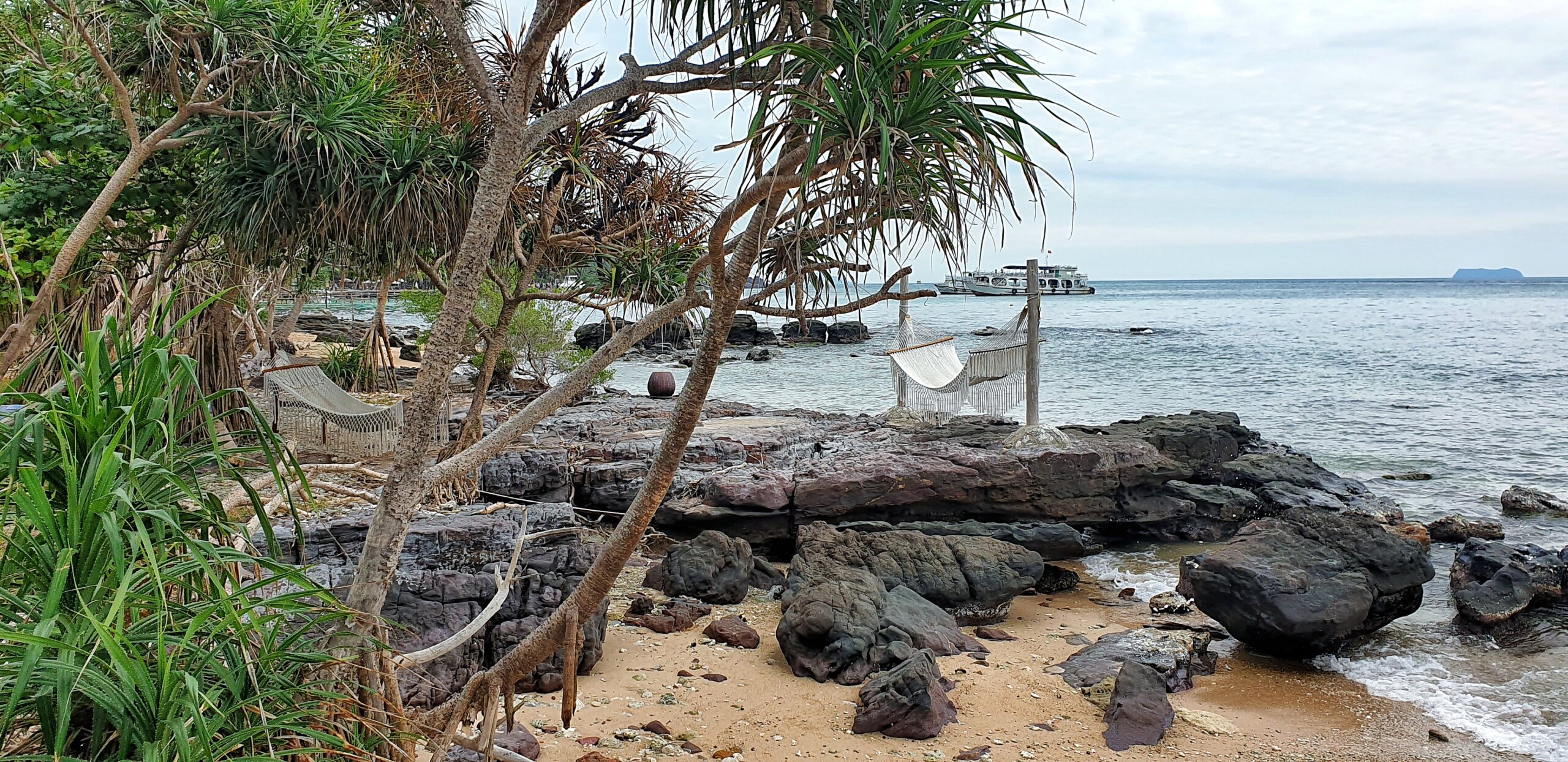

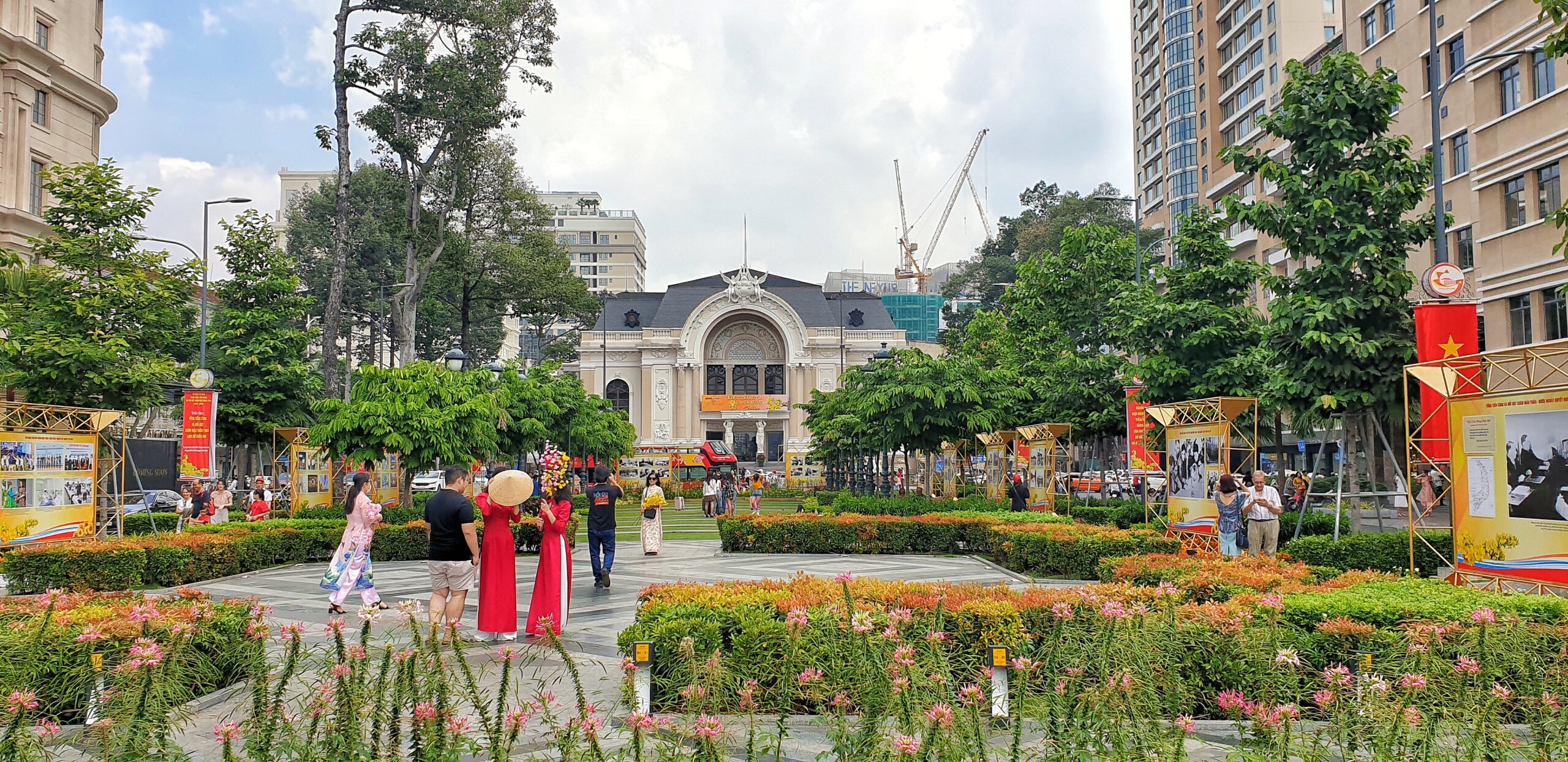
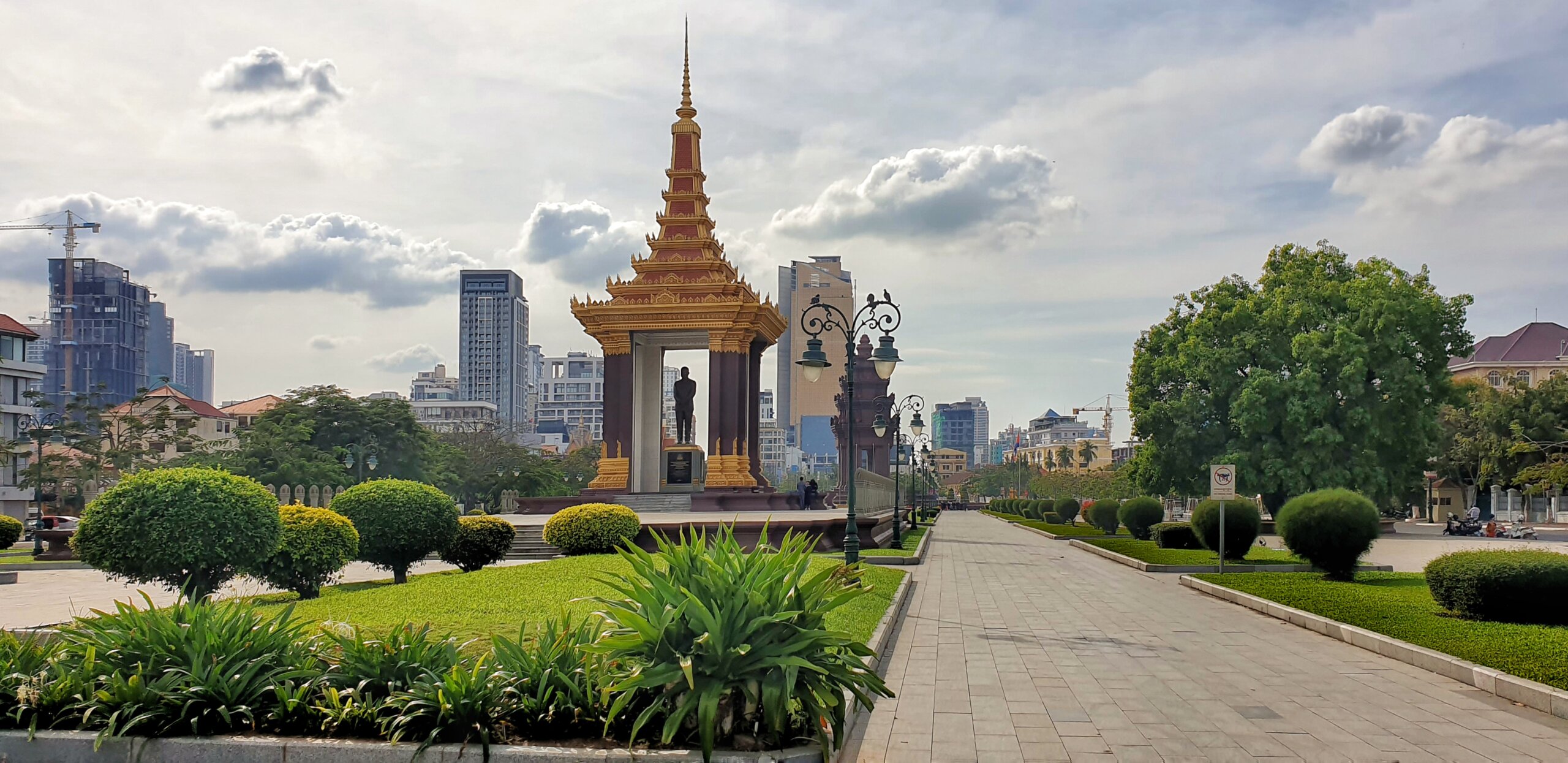
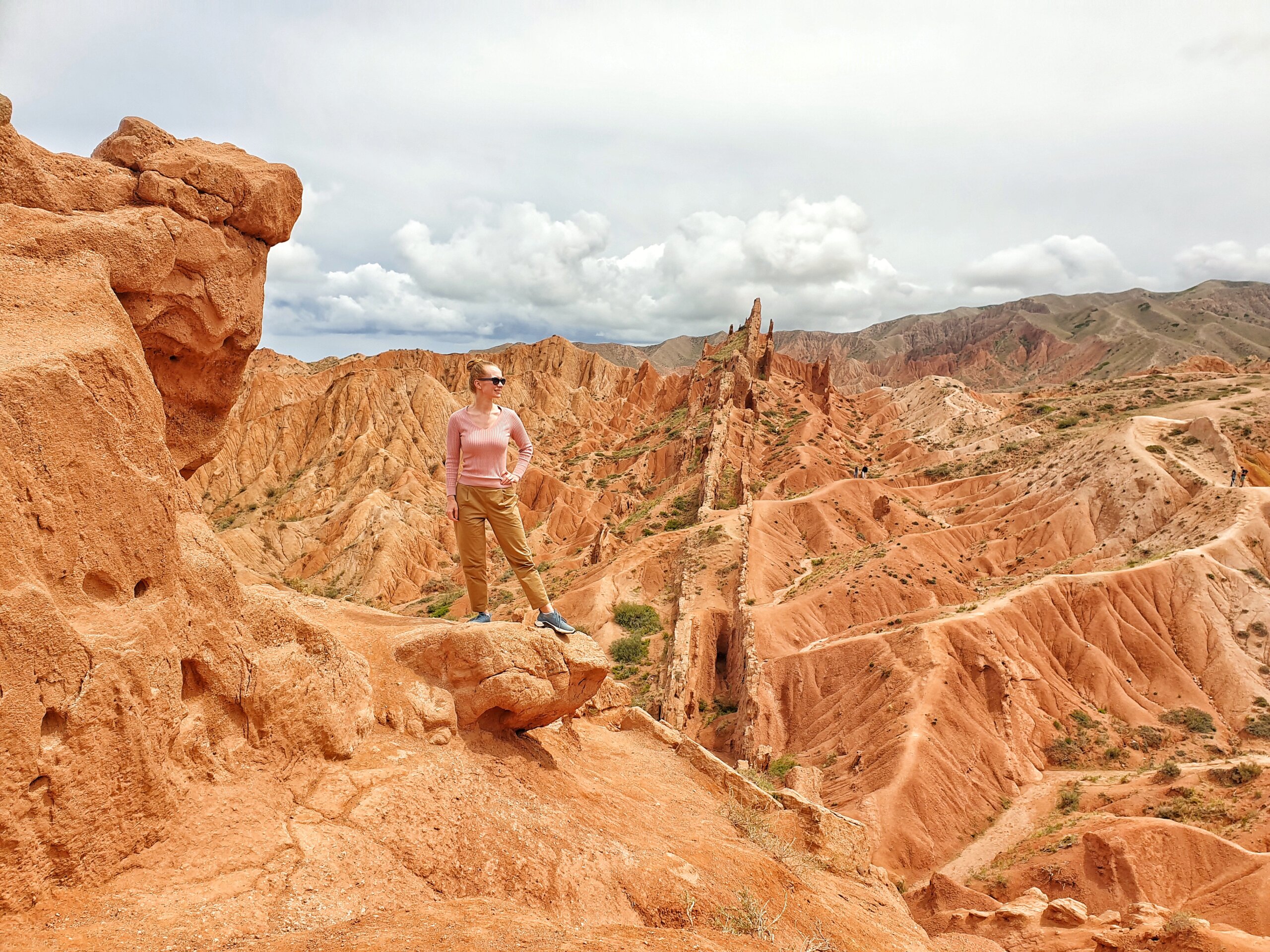
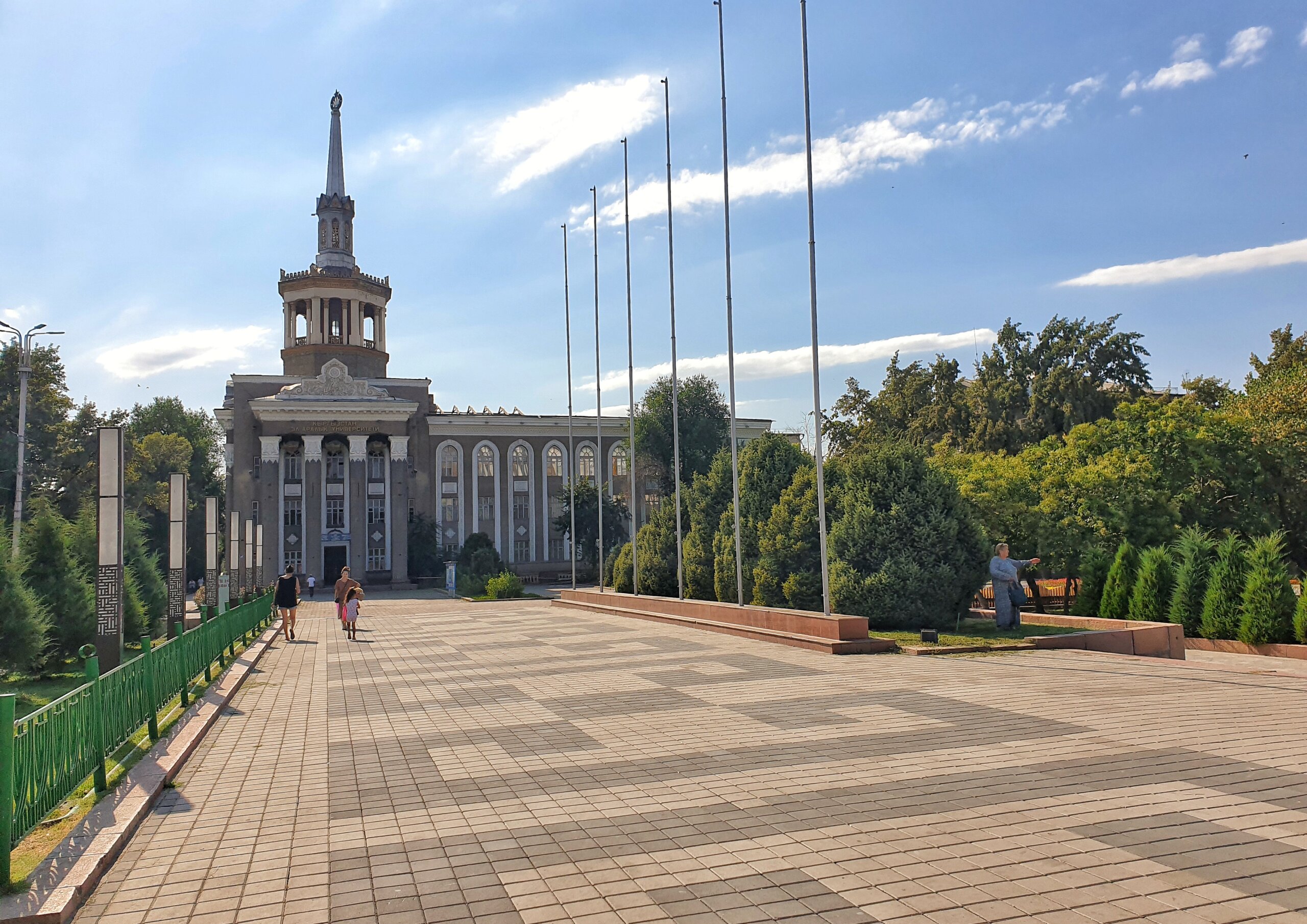
Leave A Comment